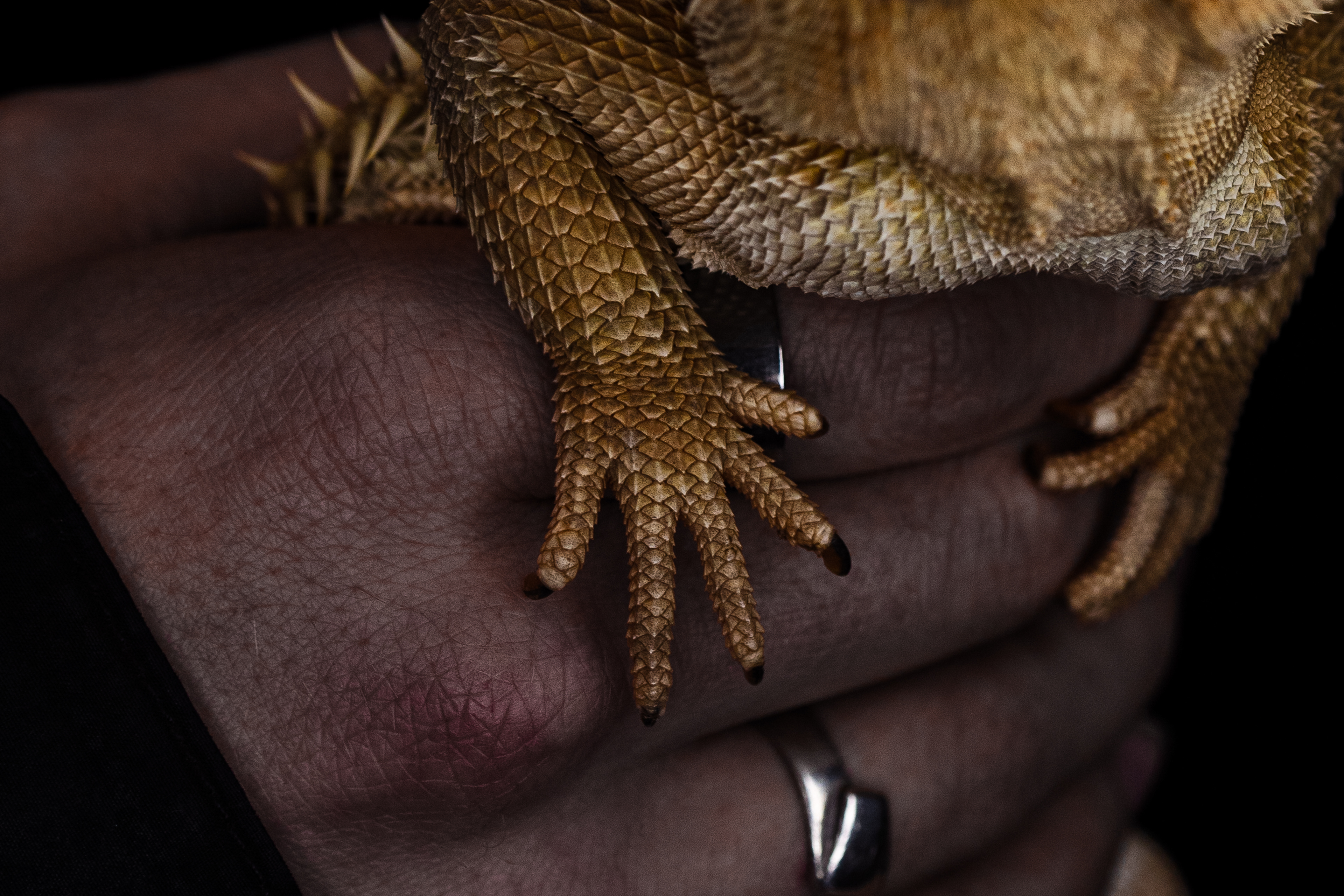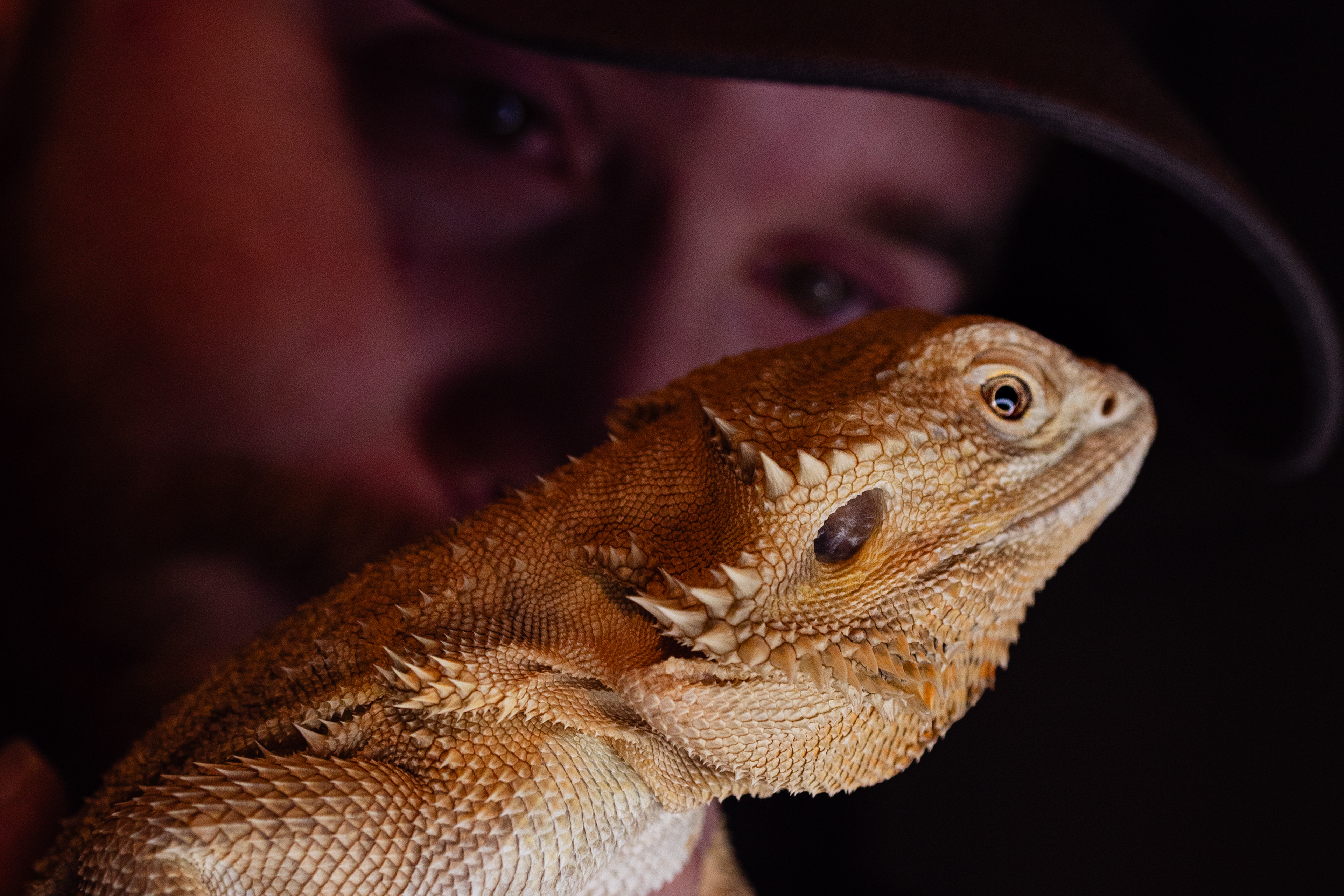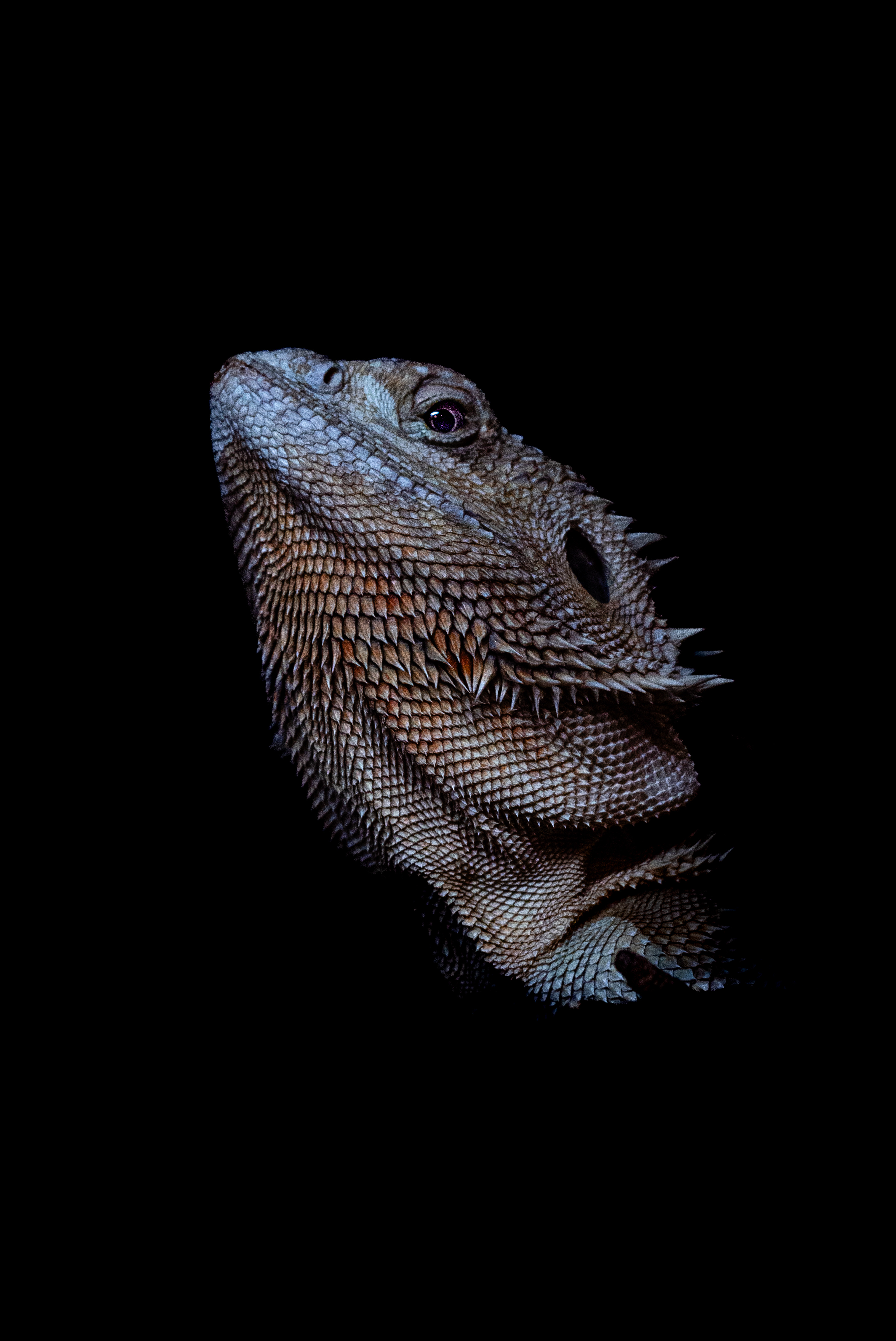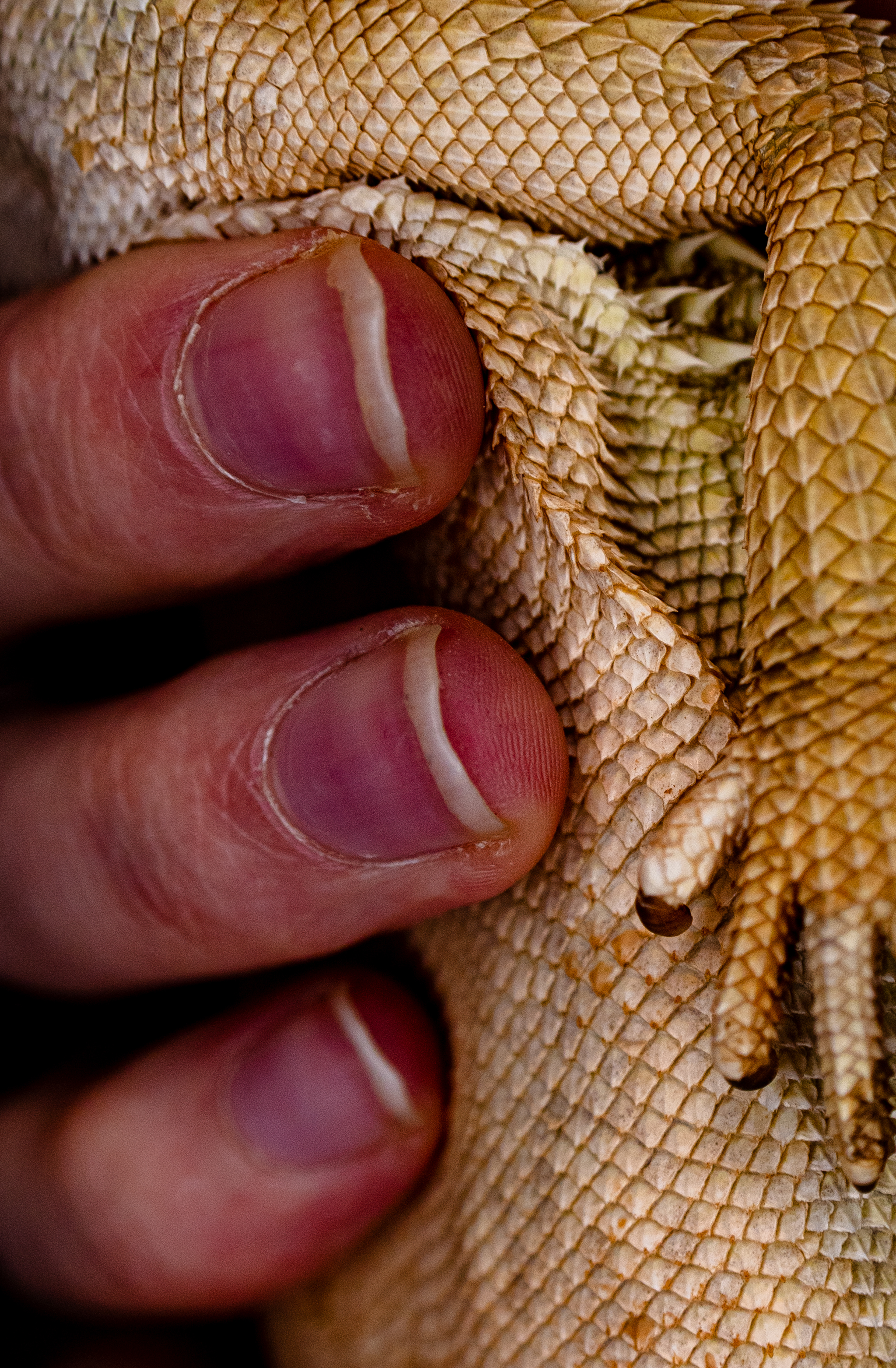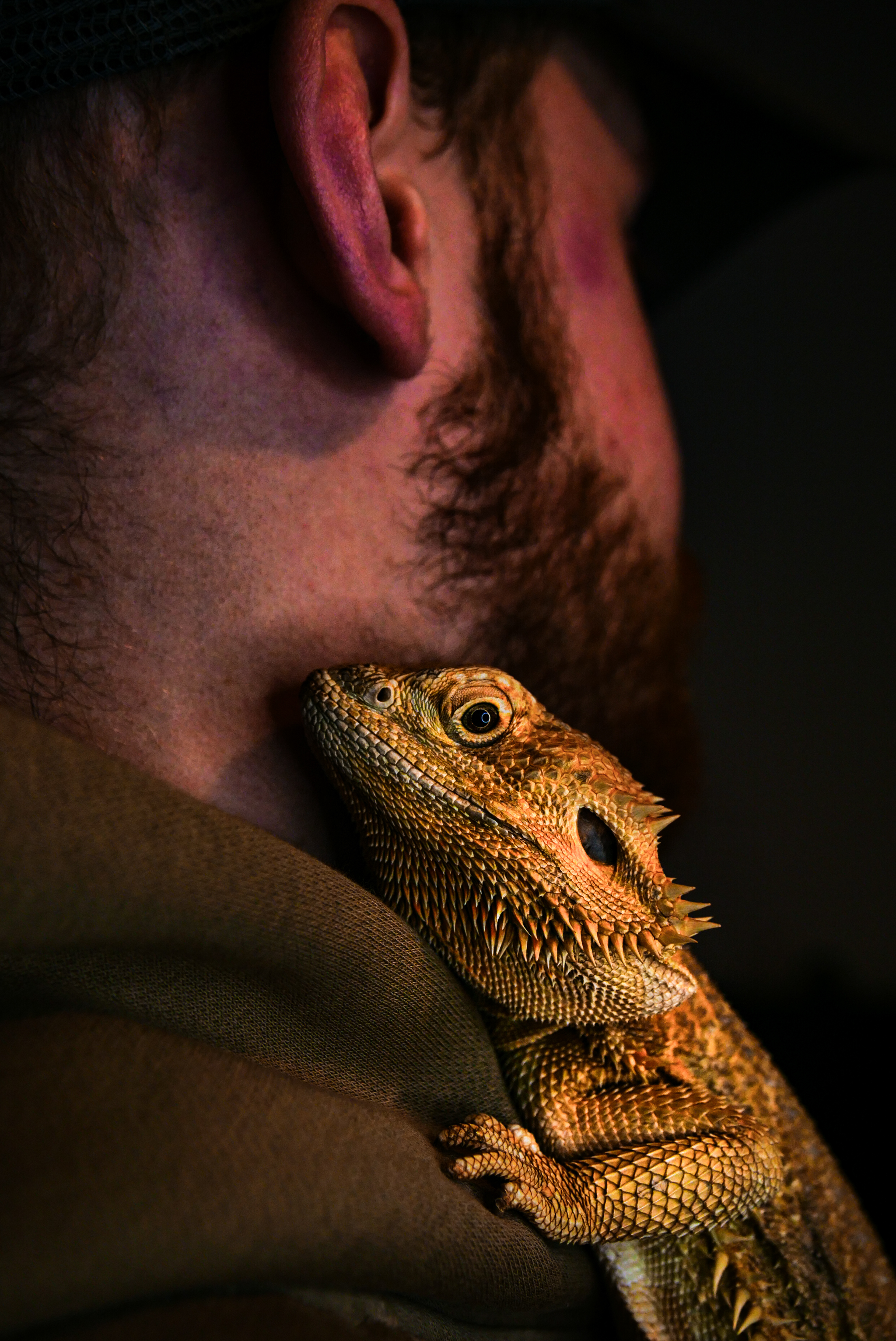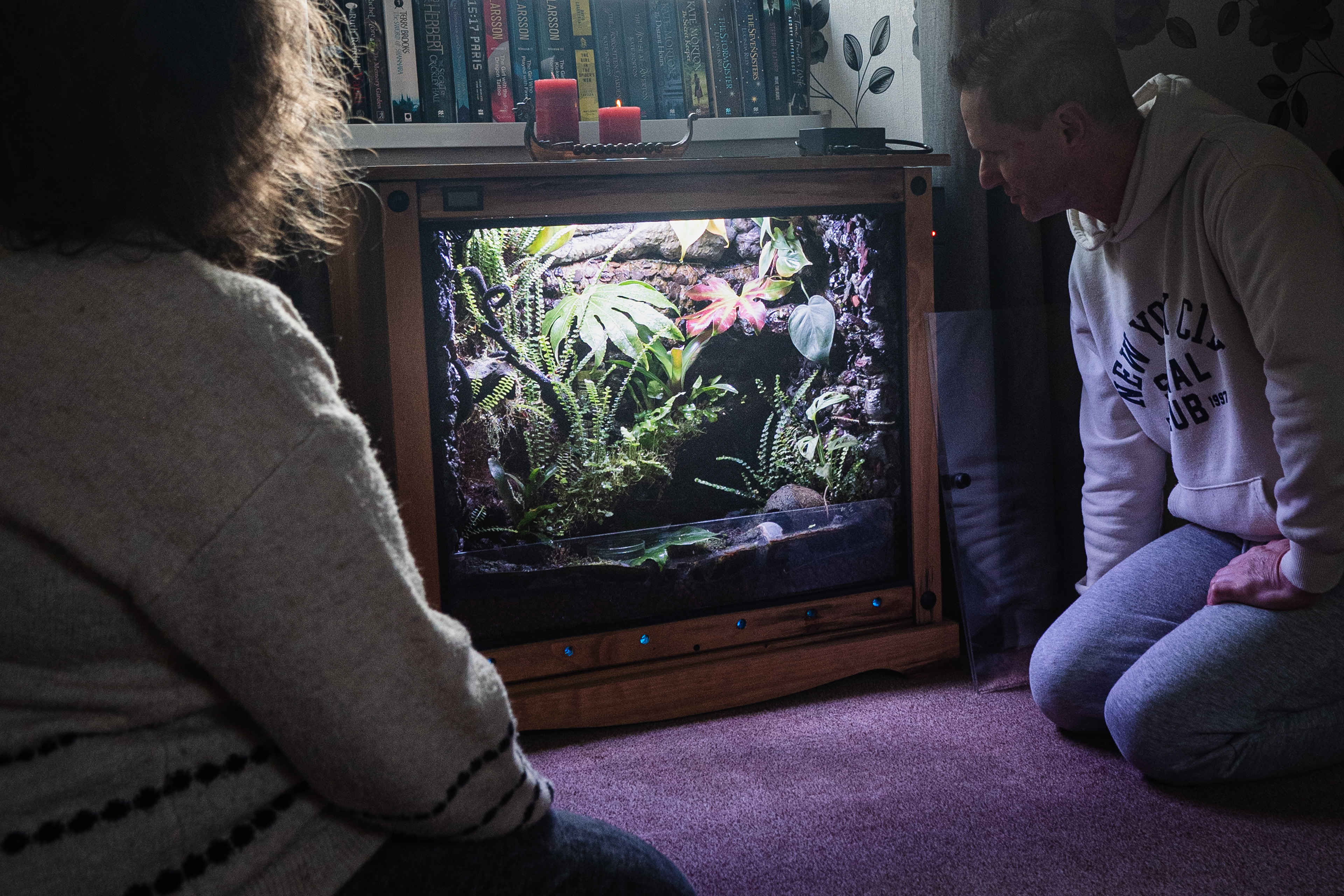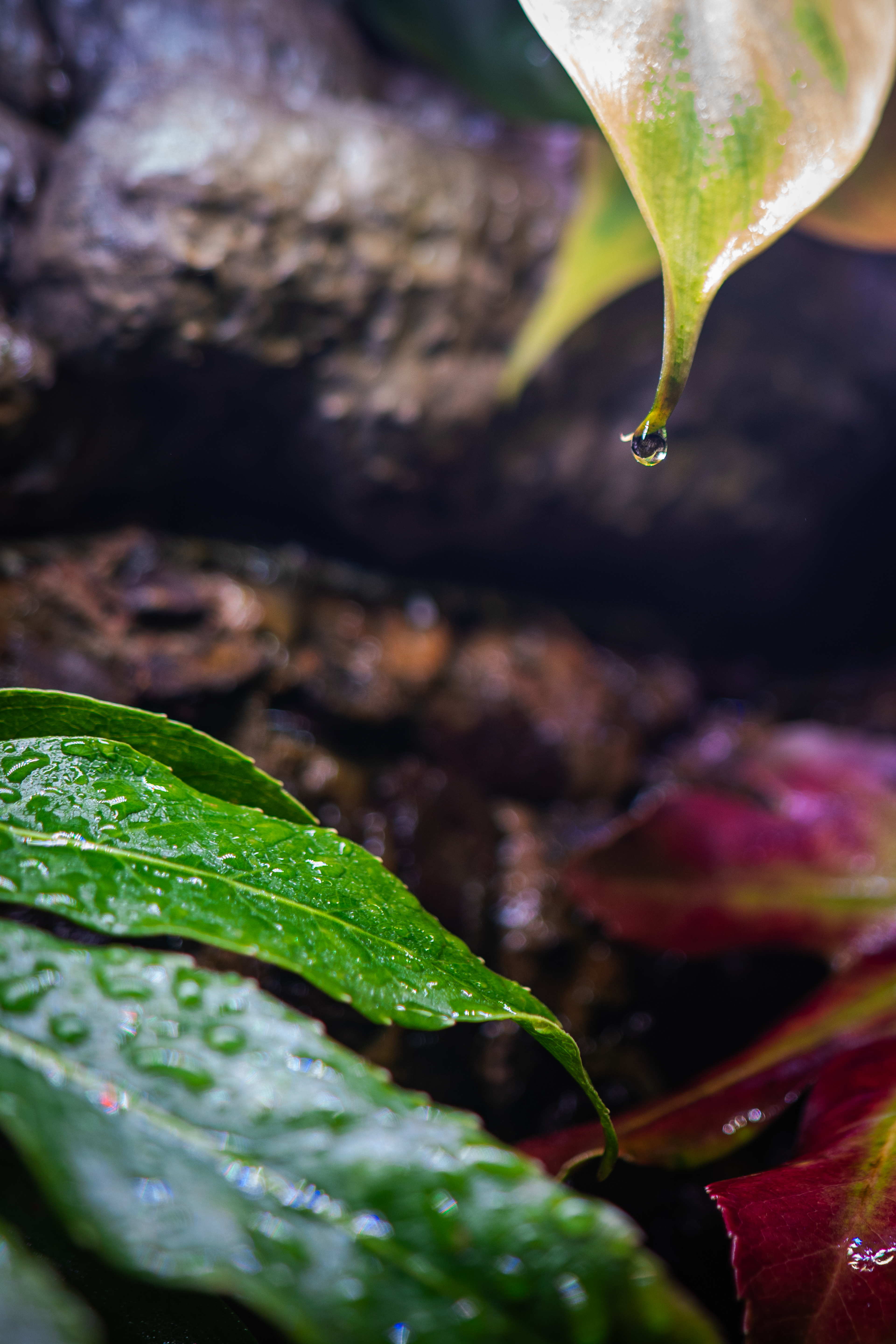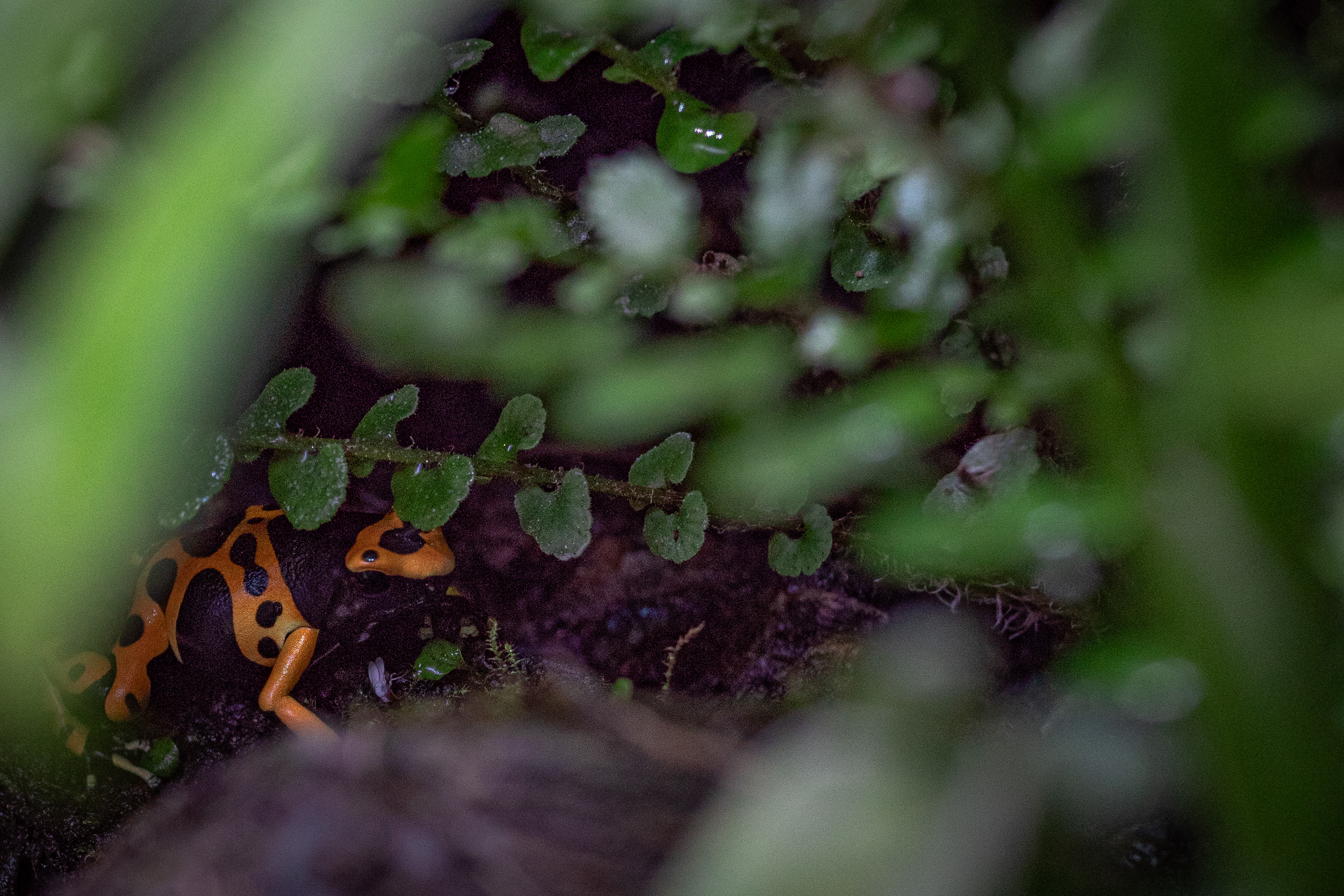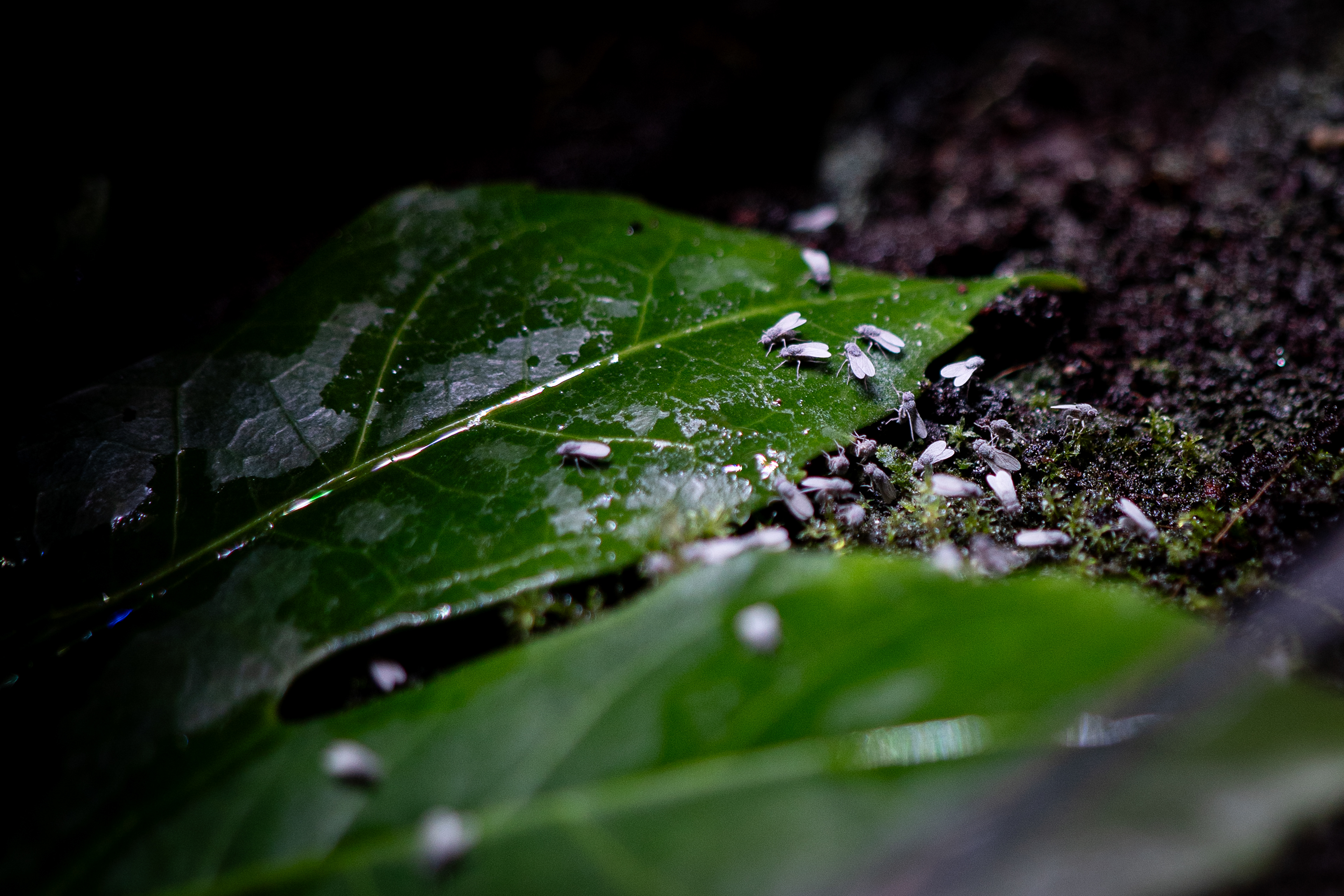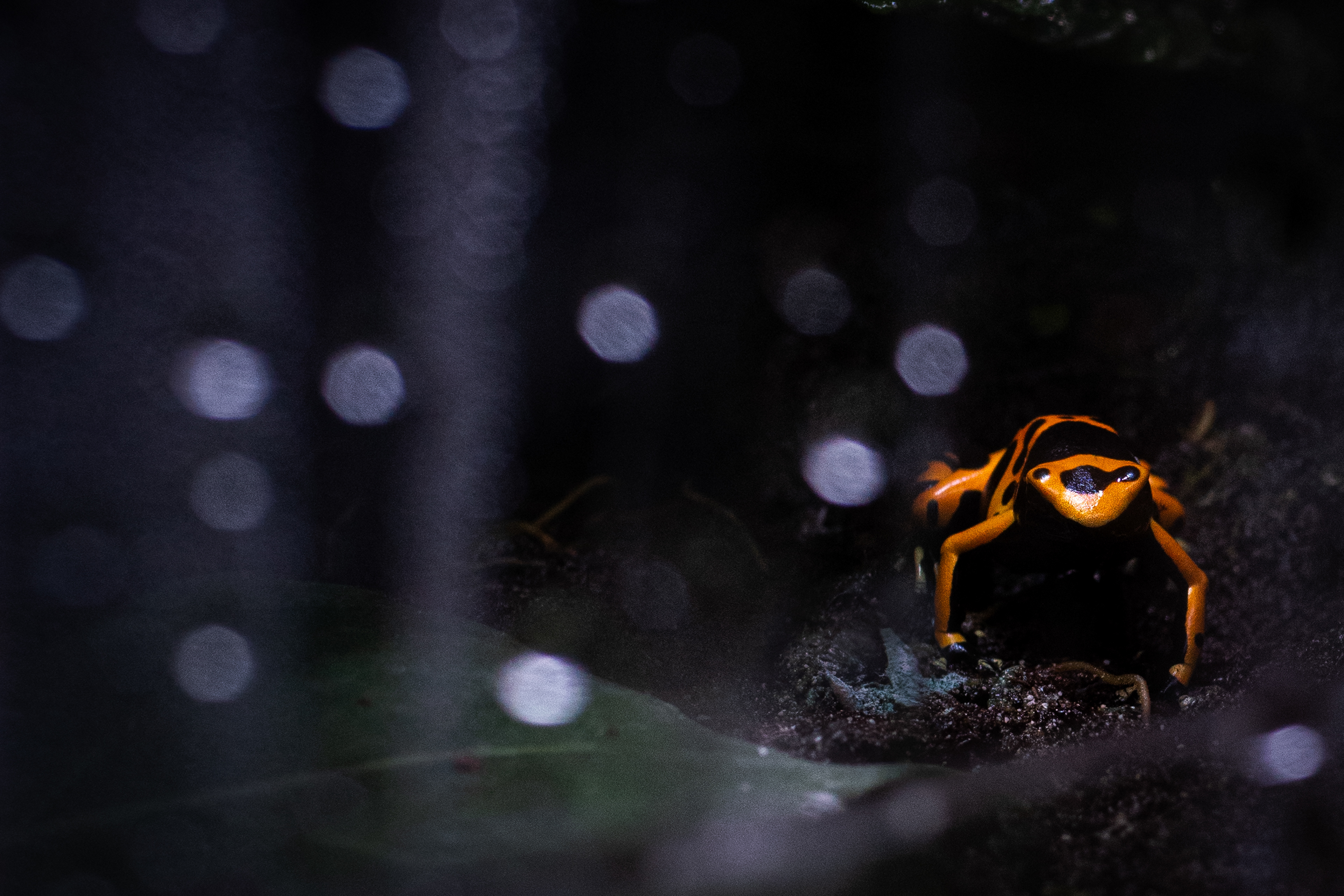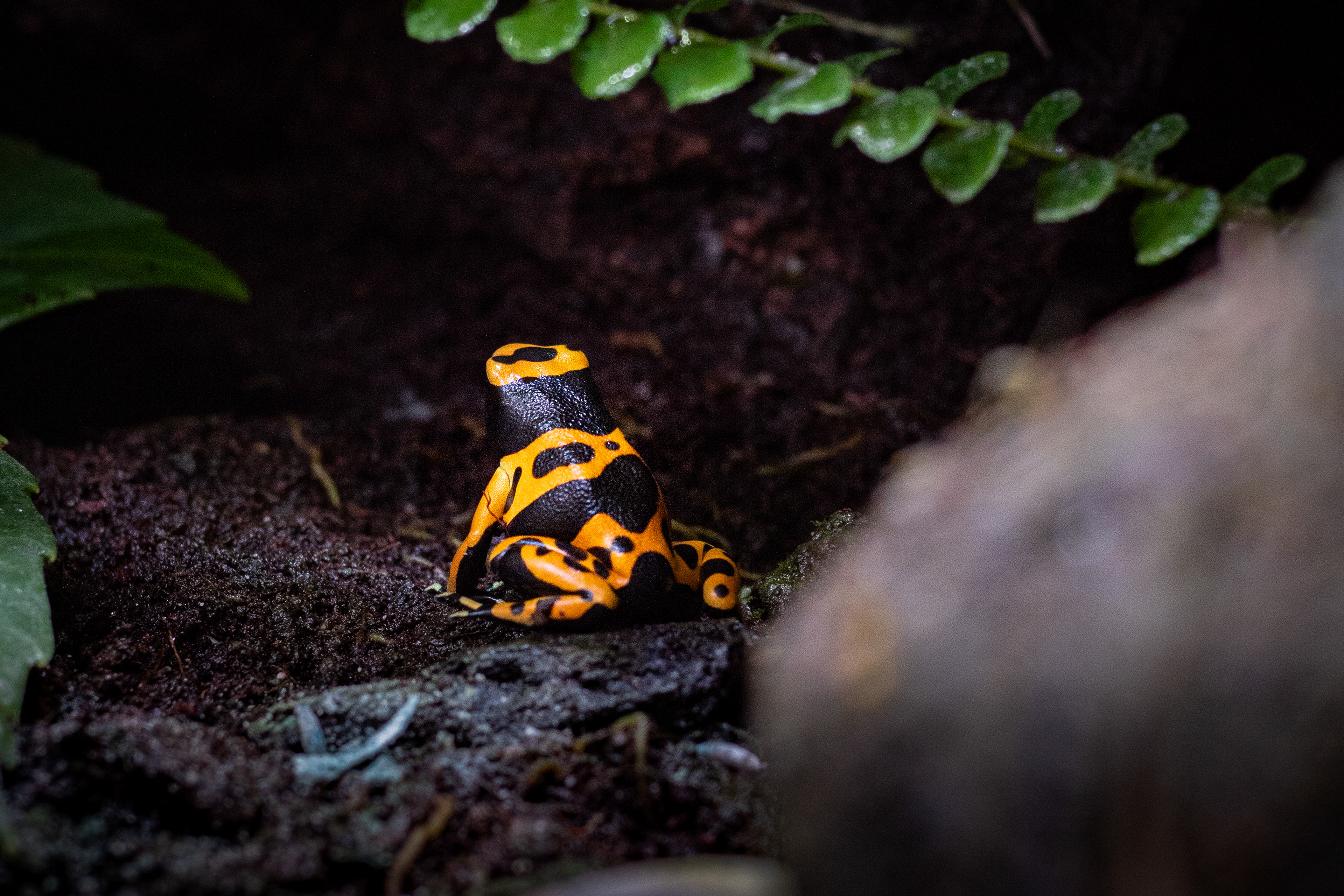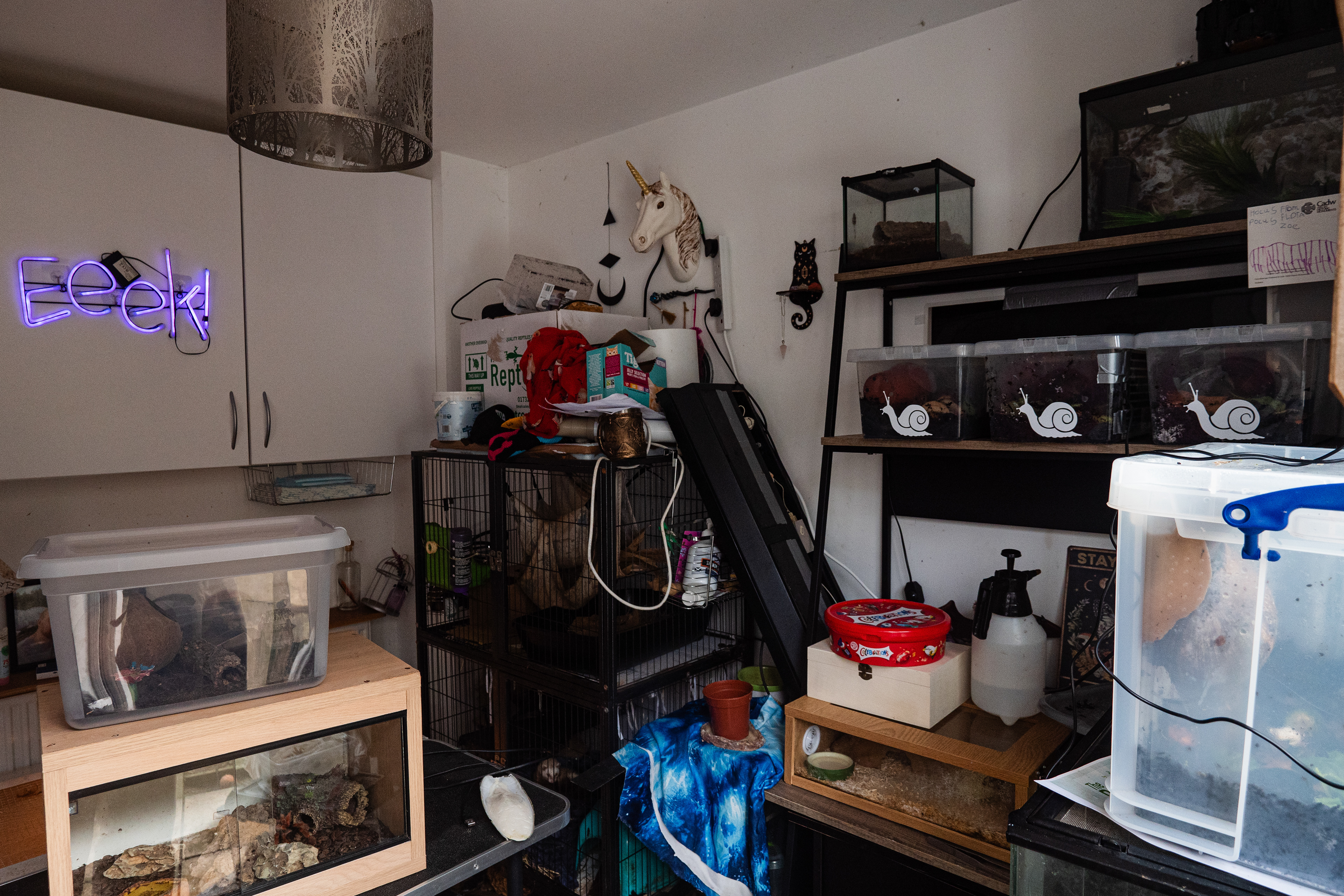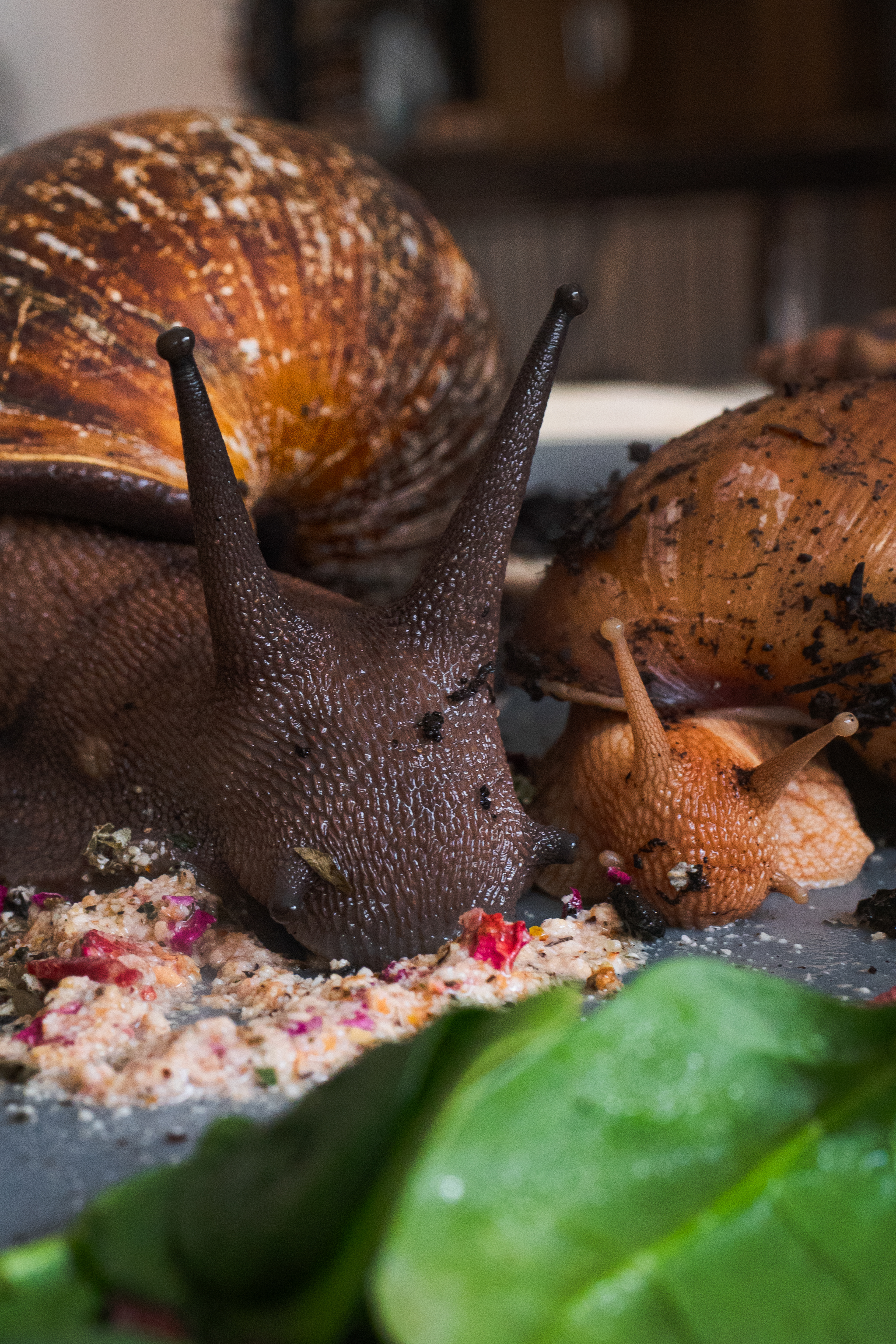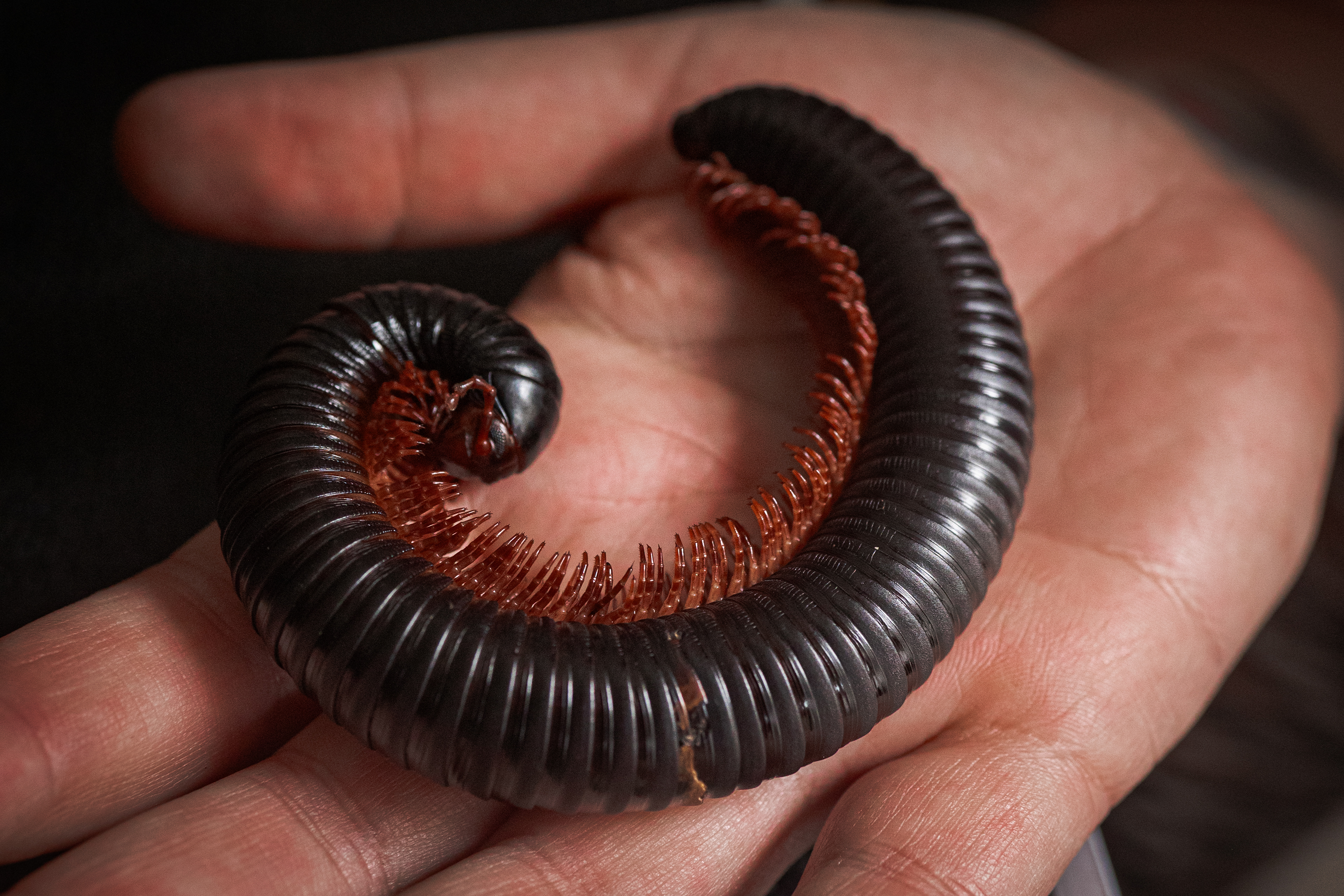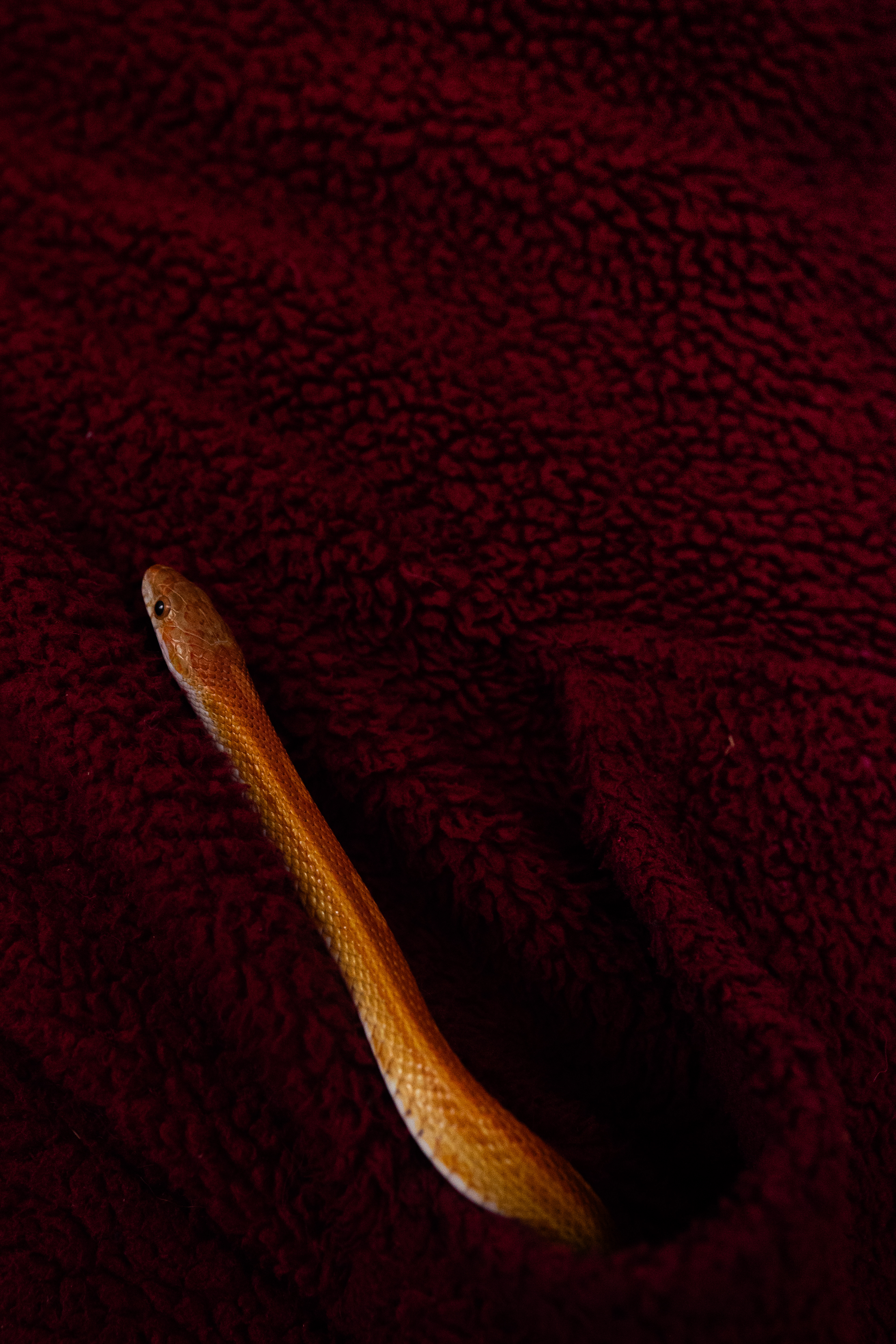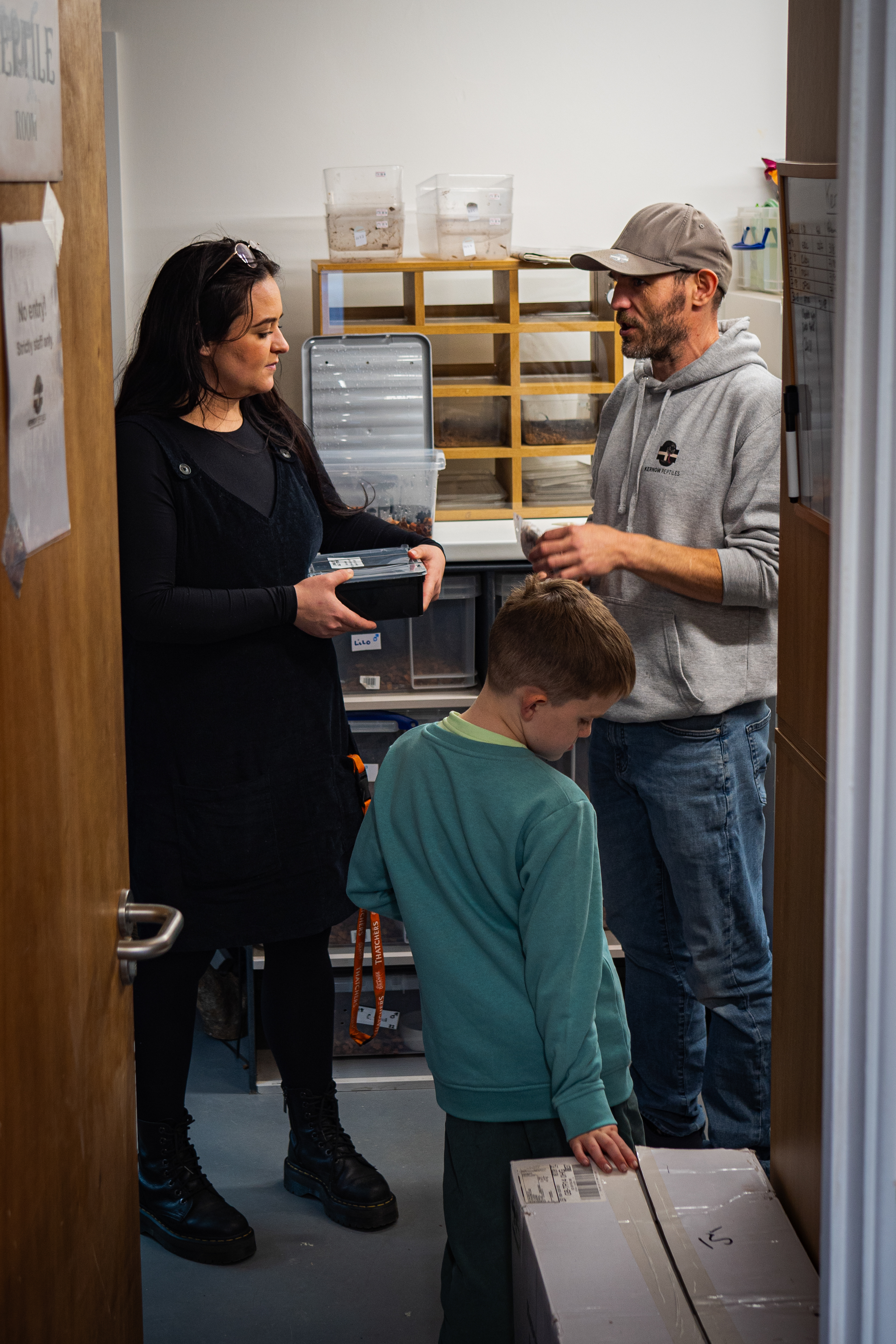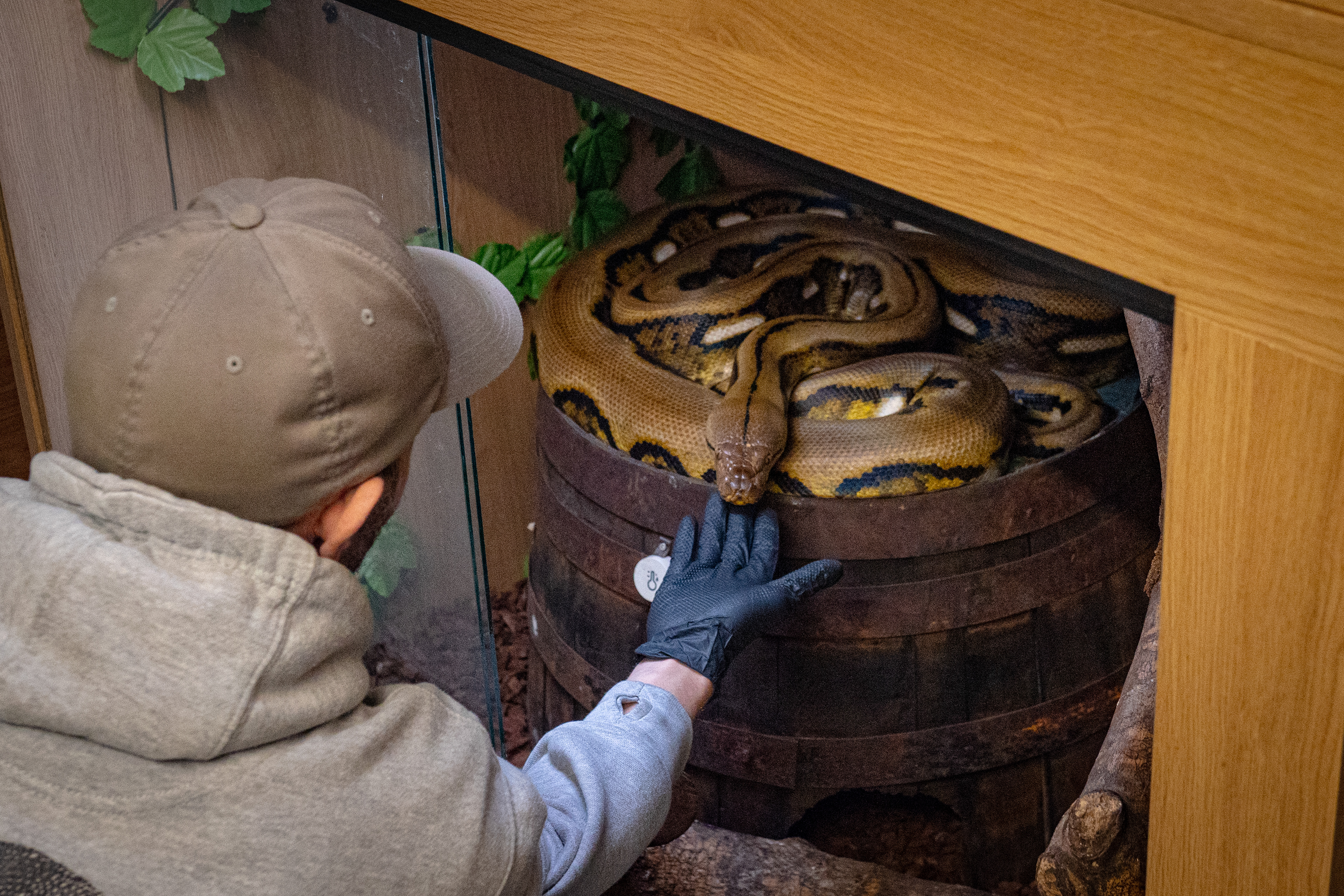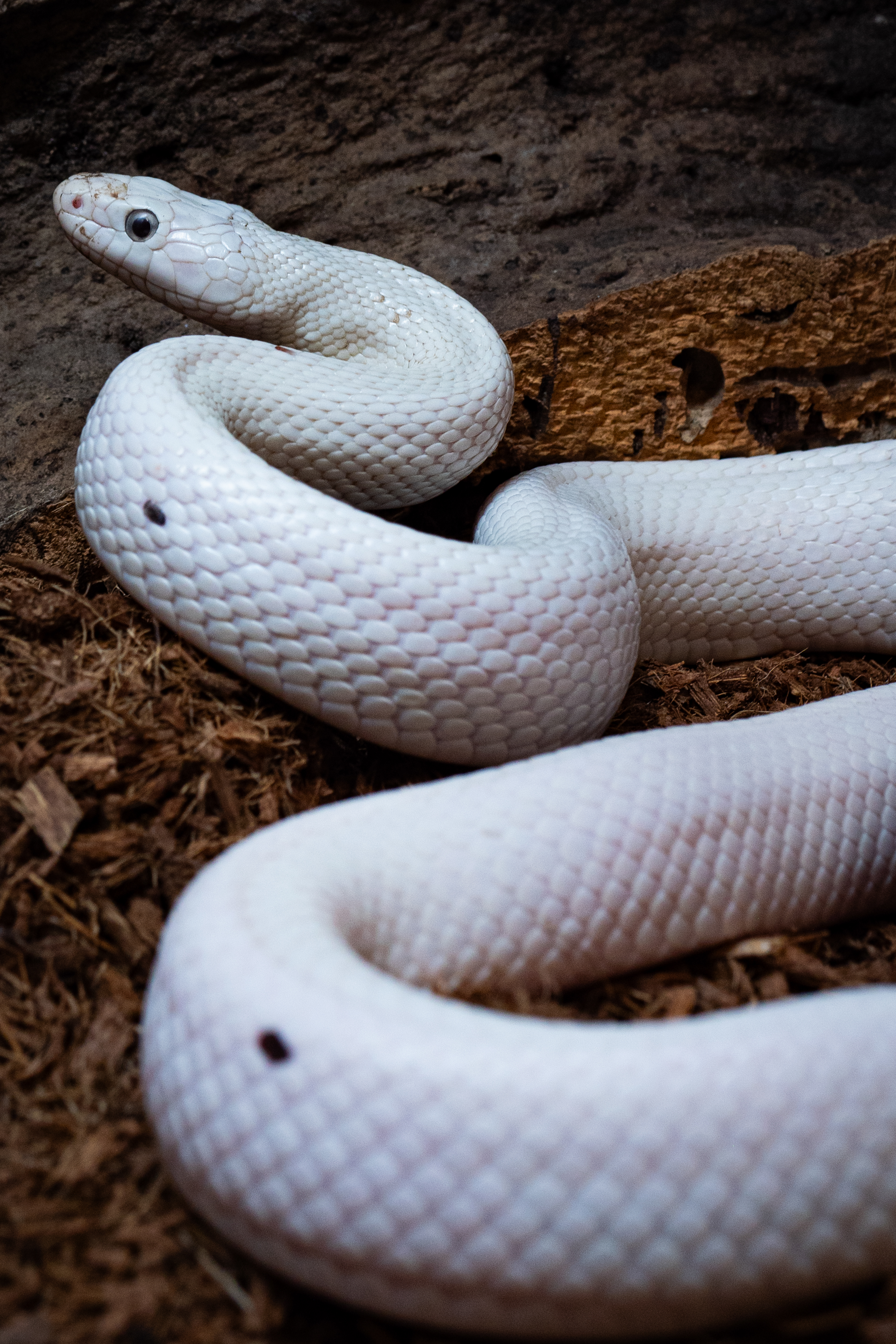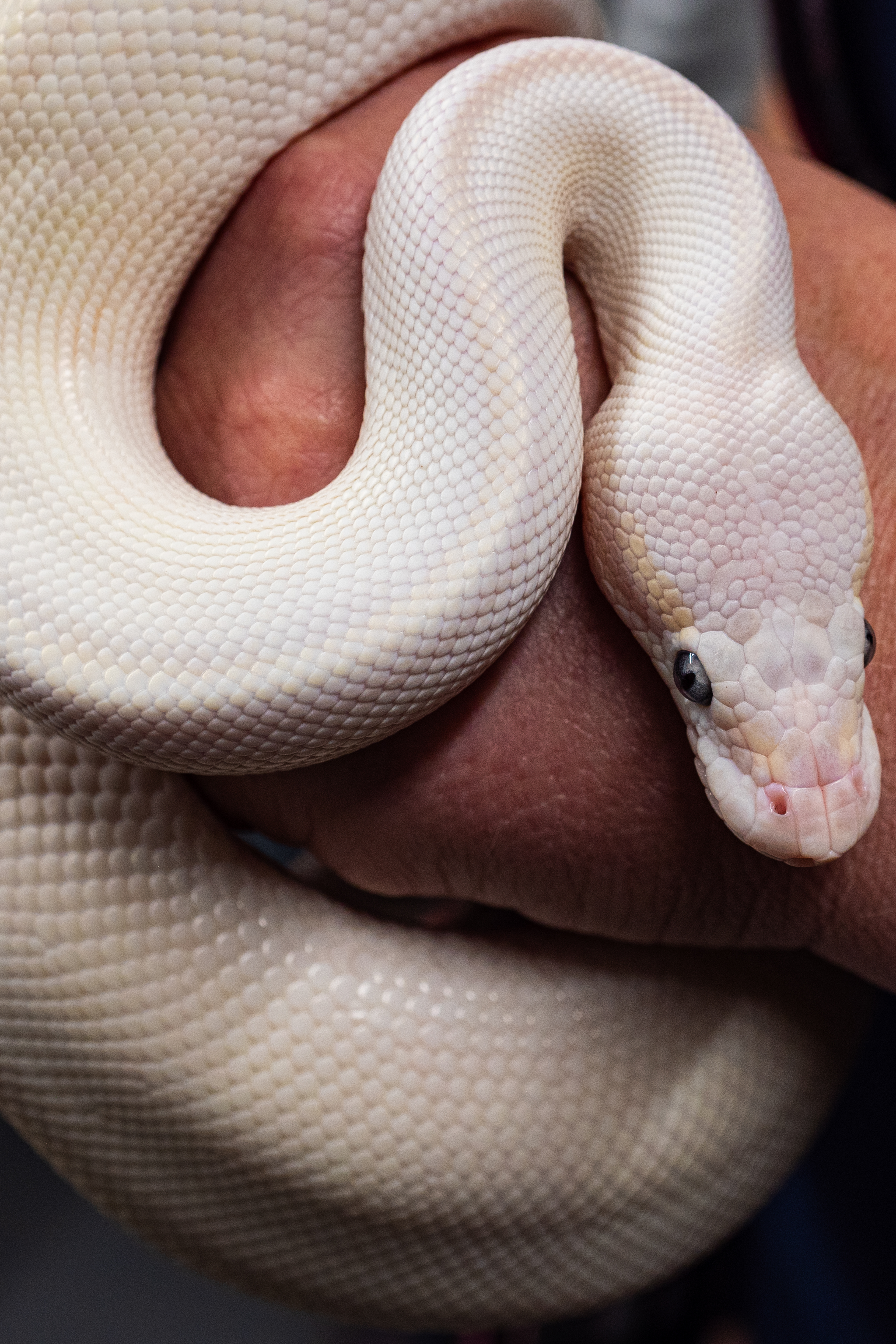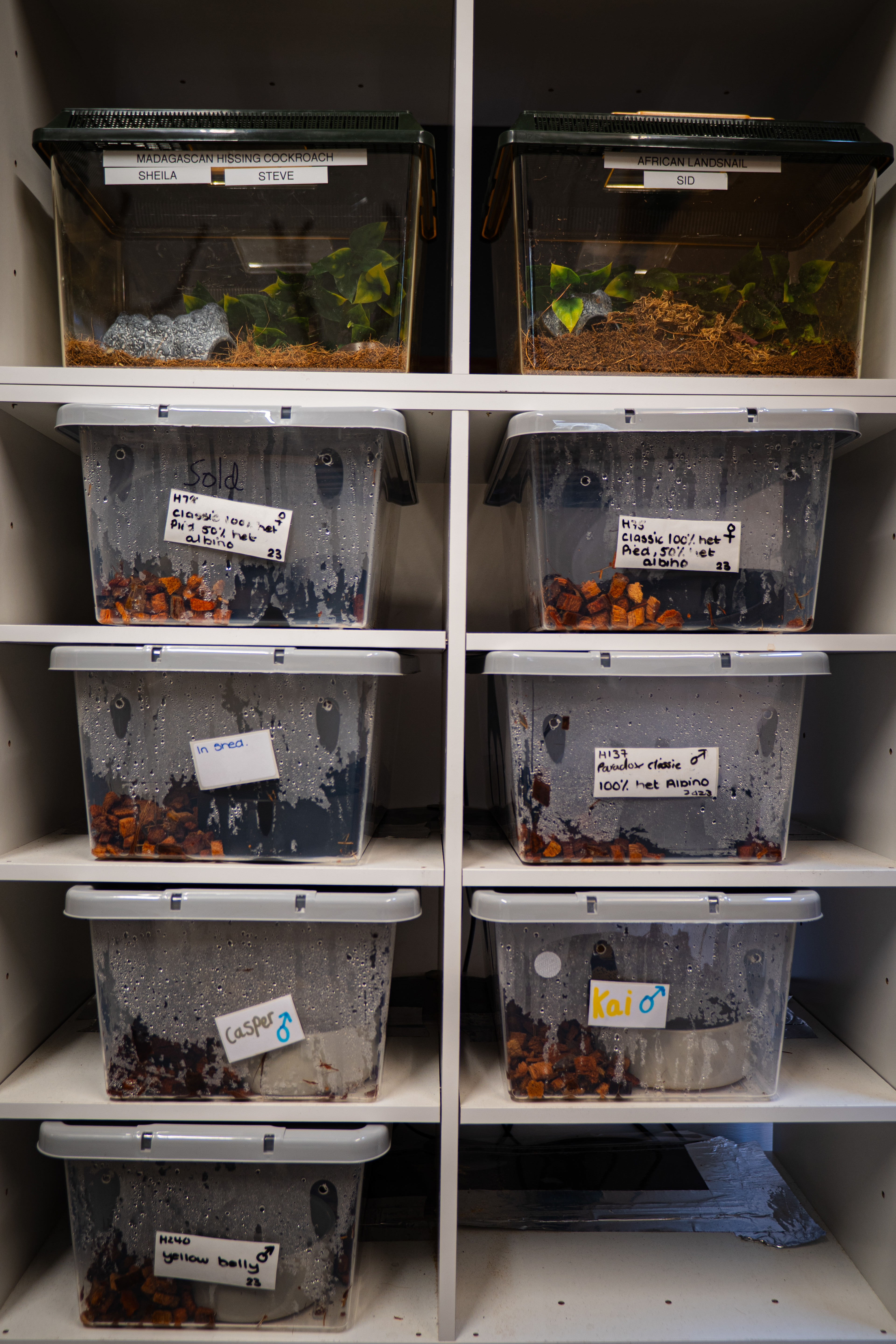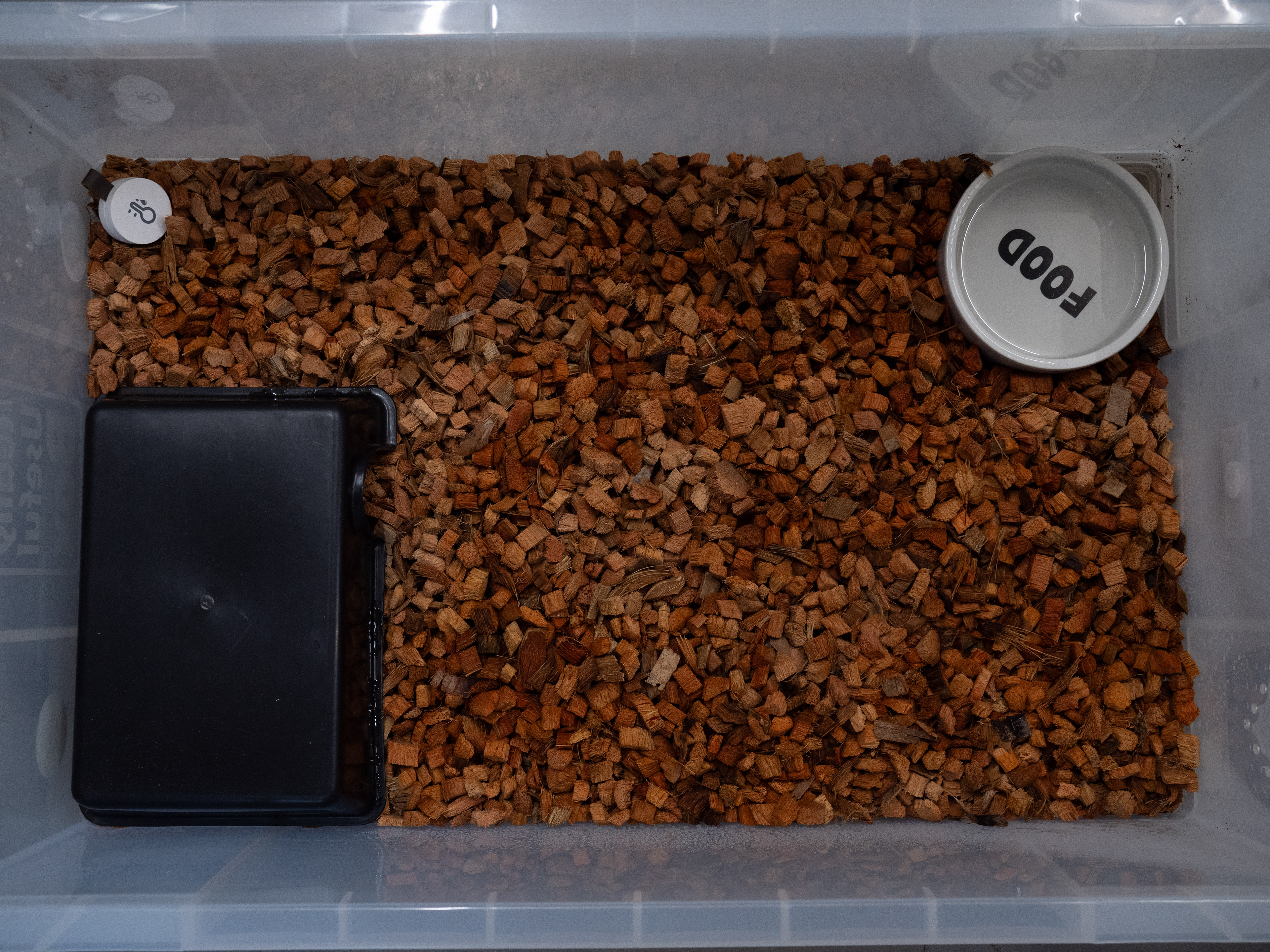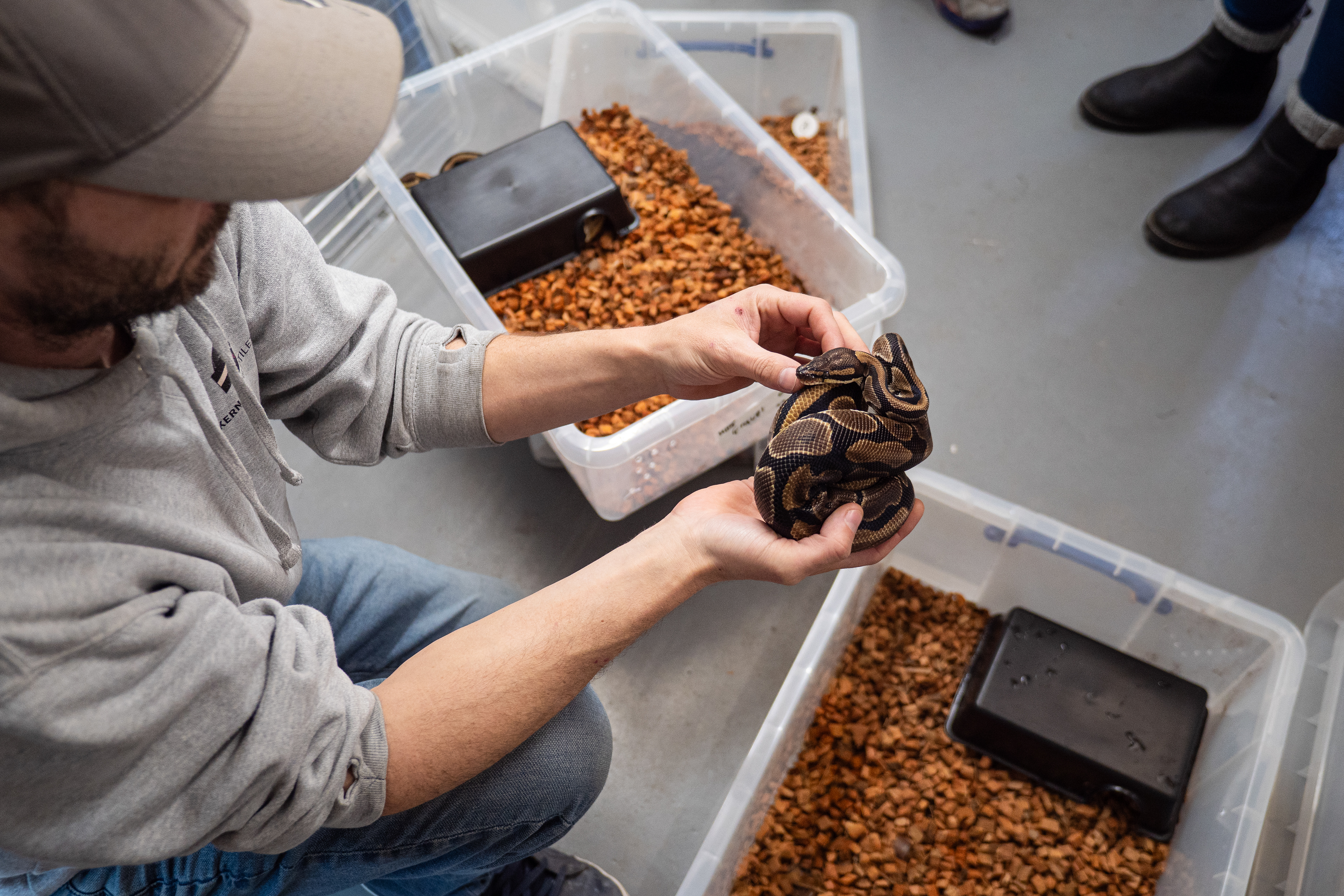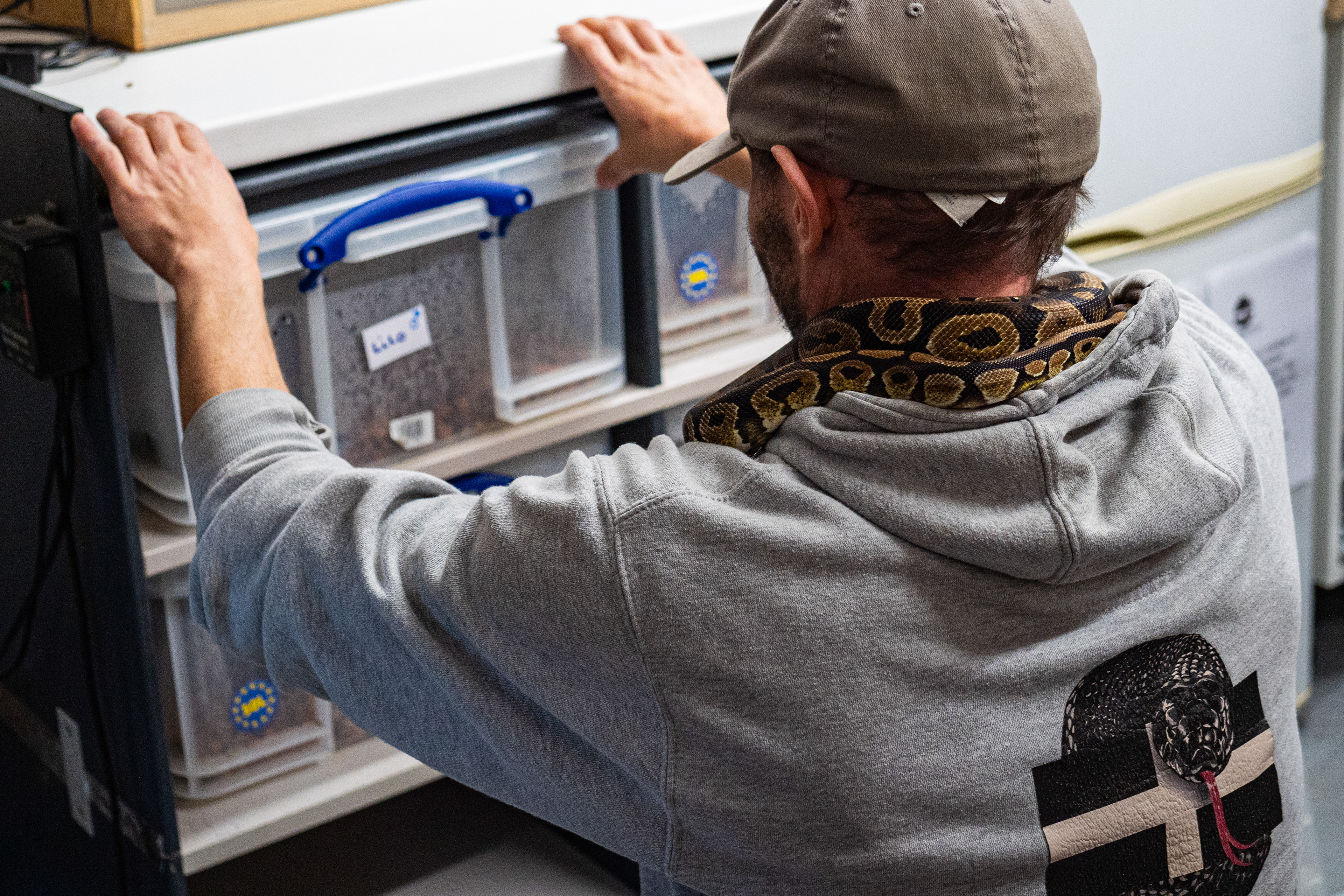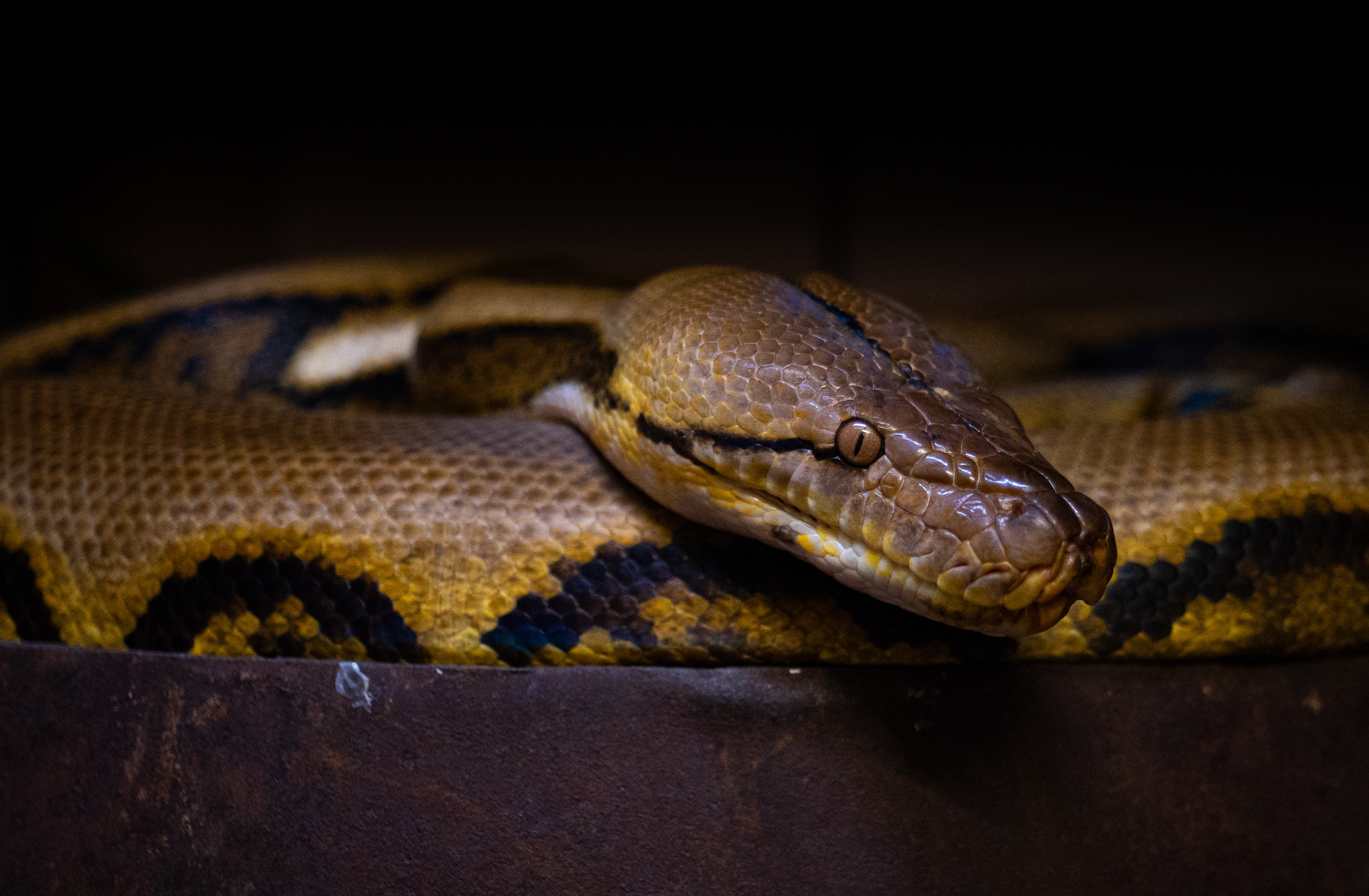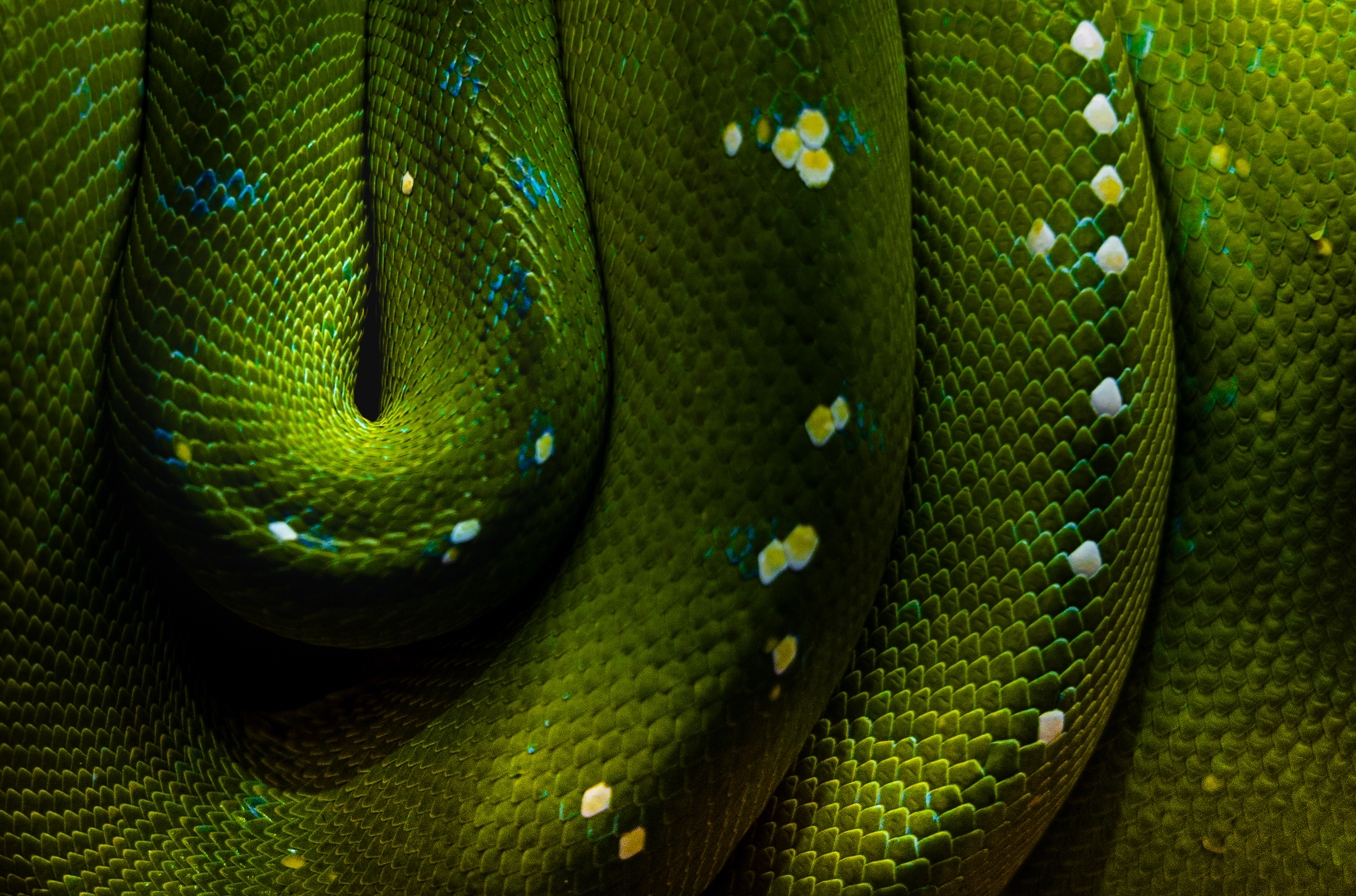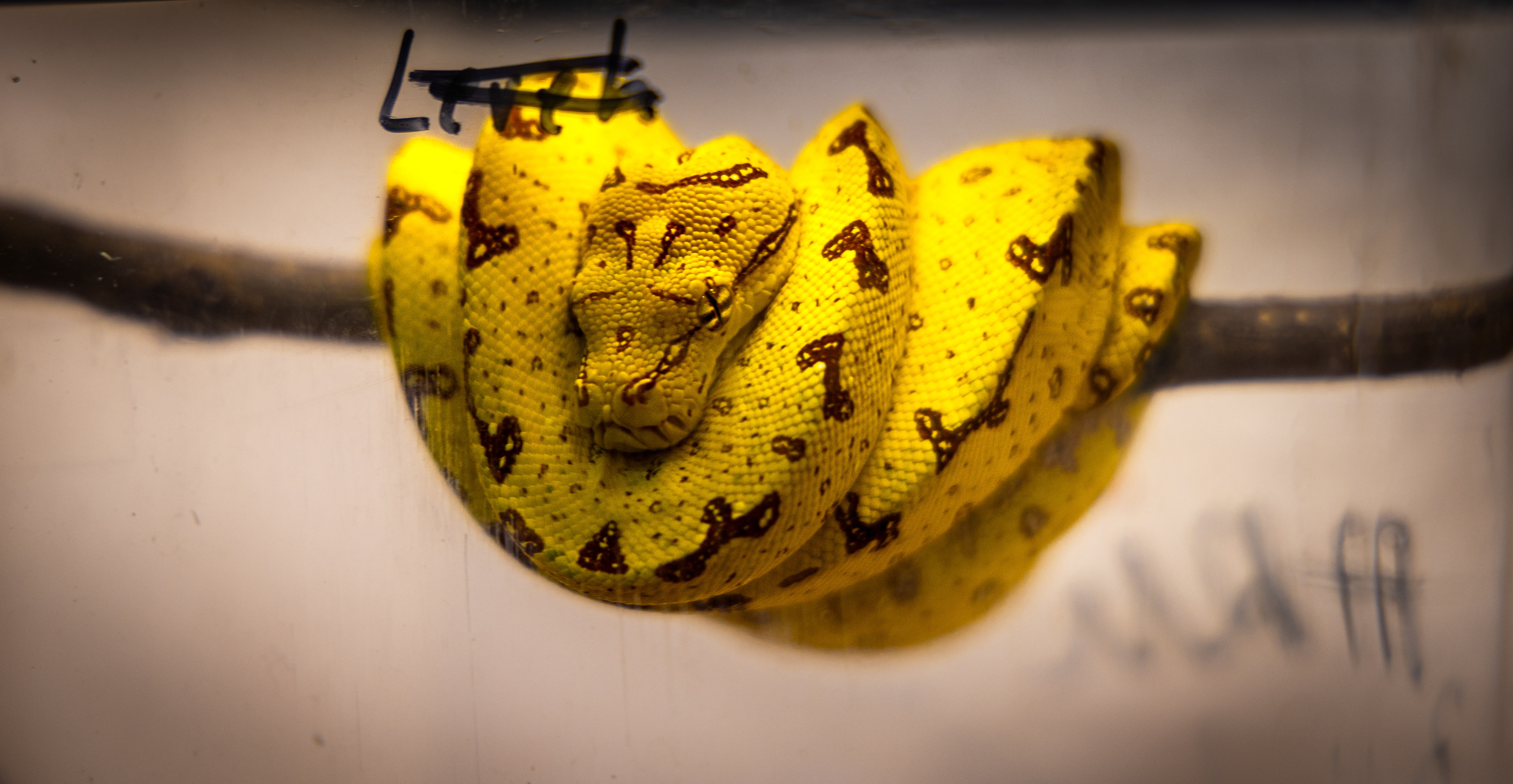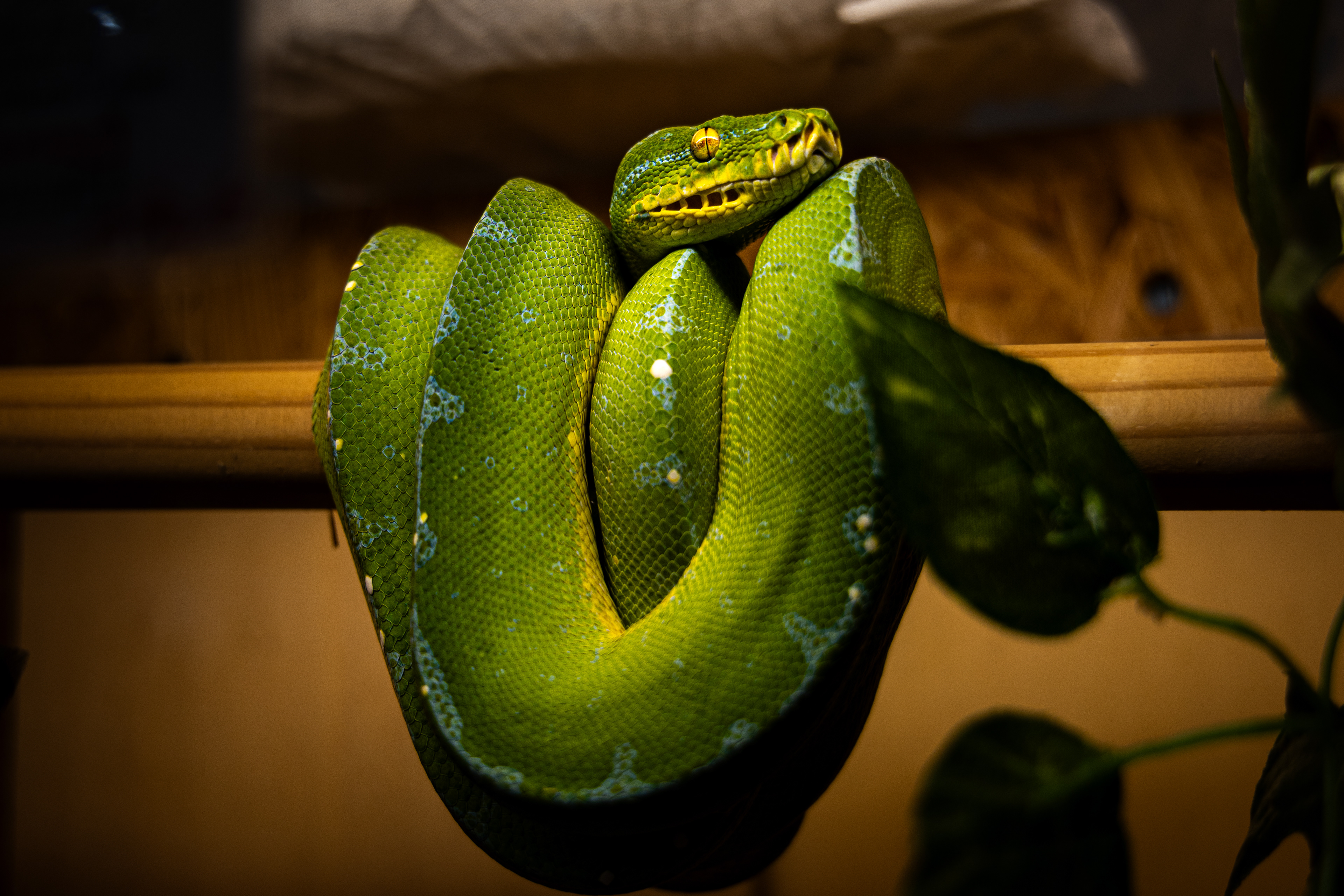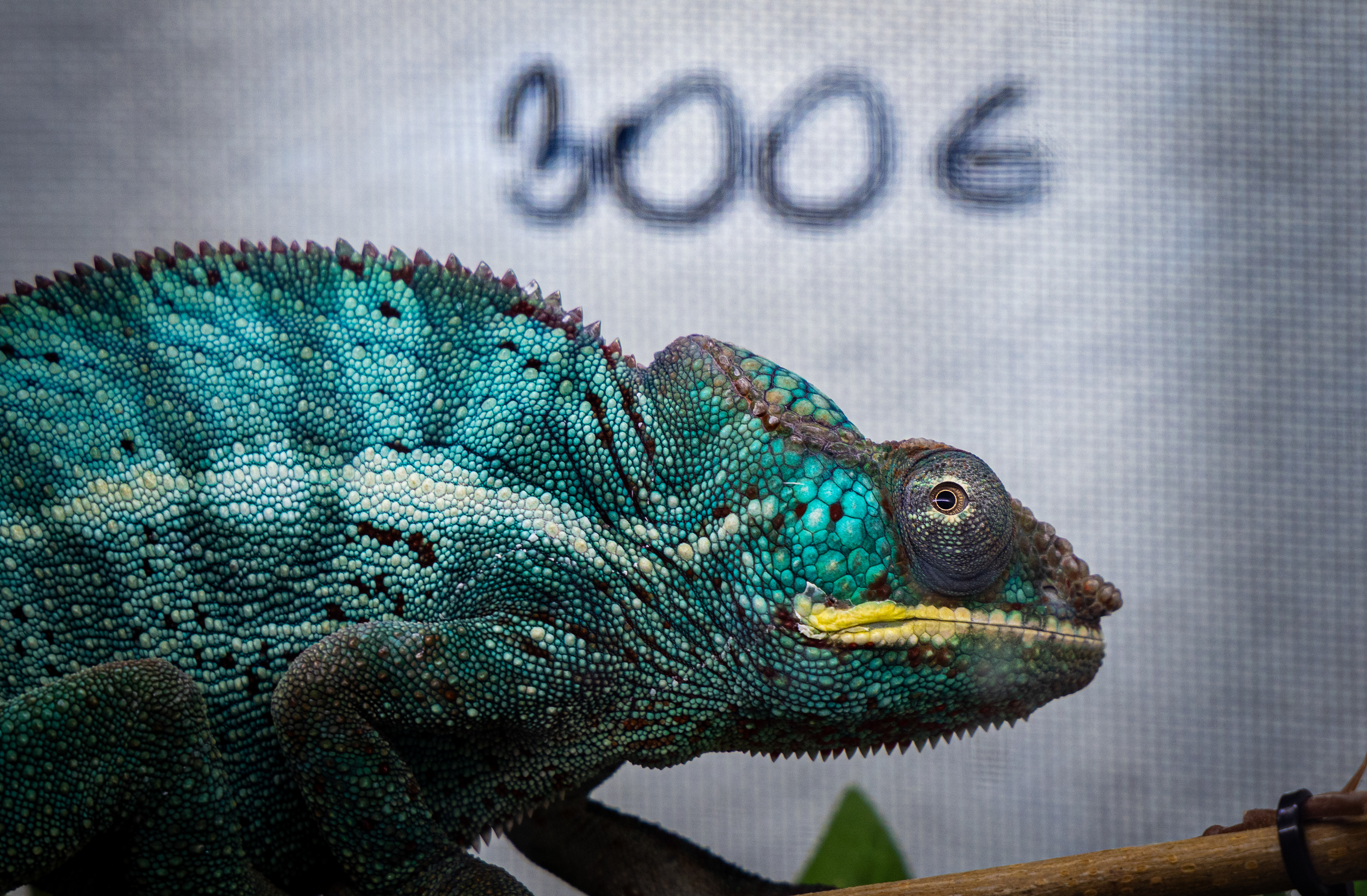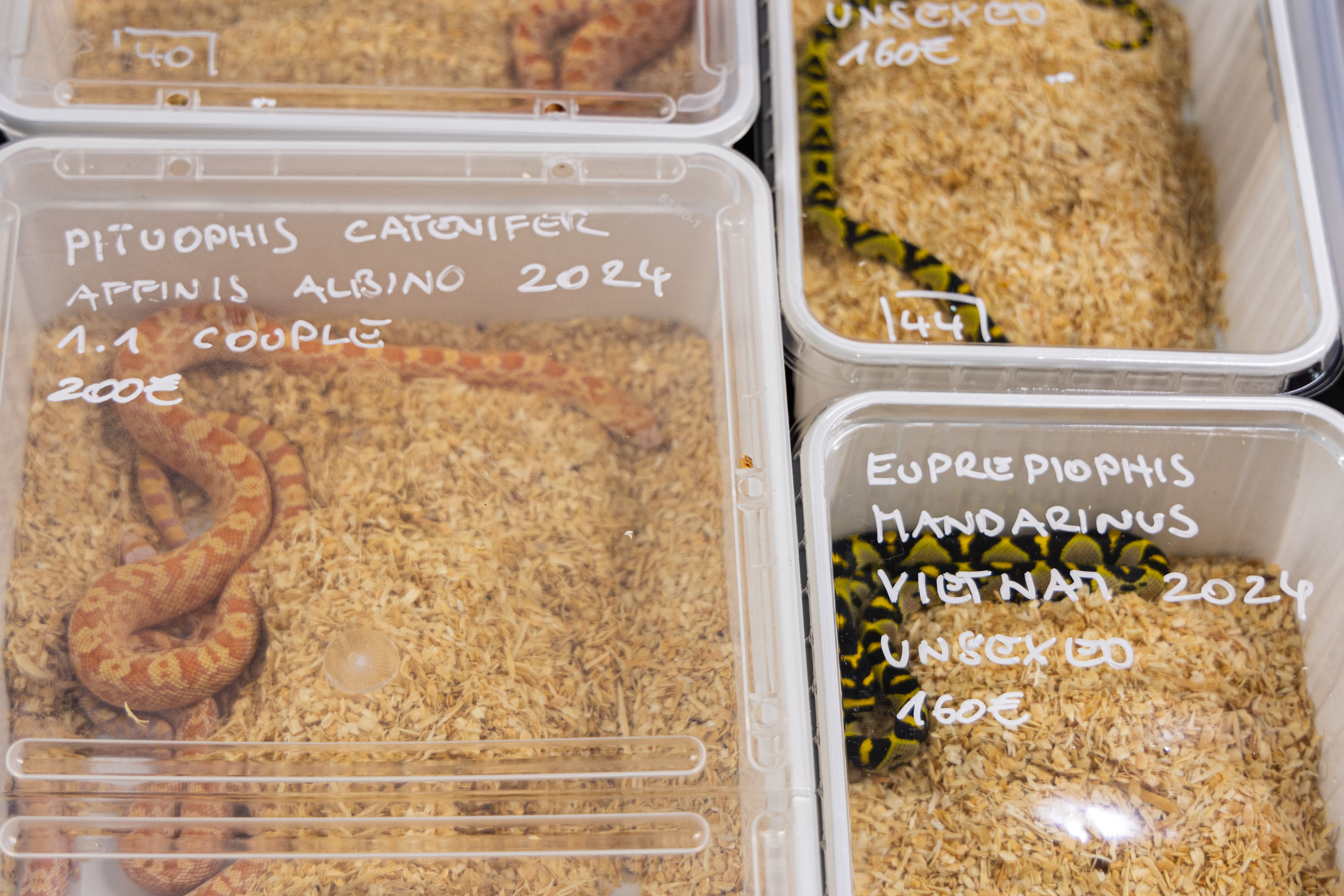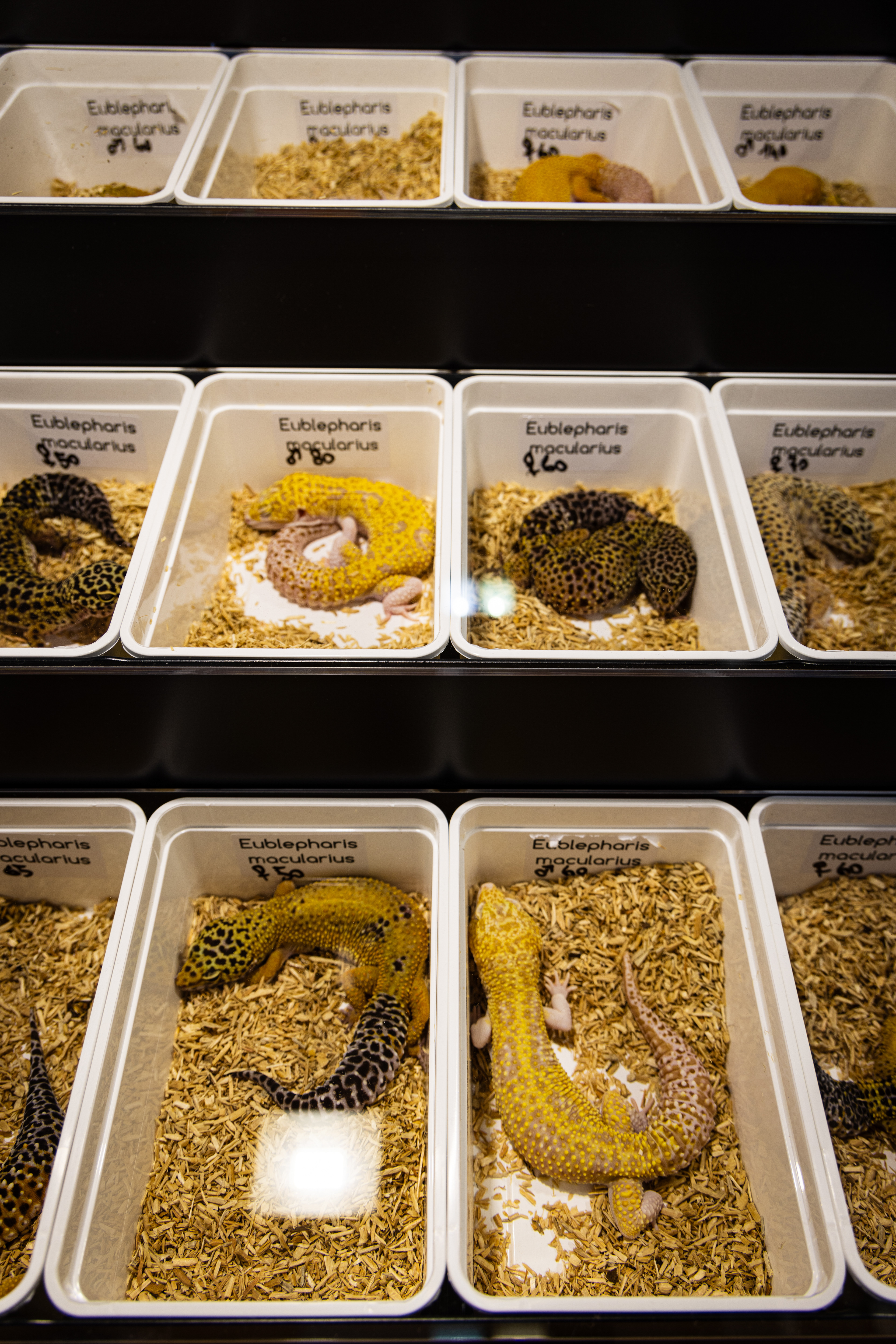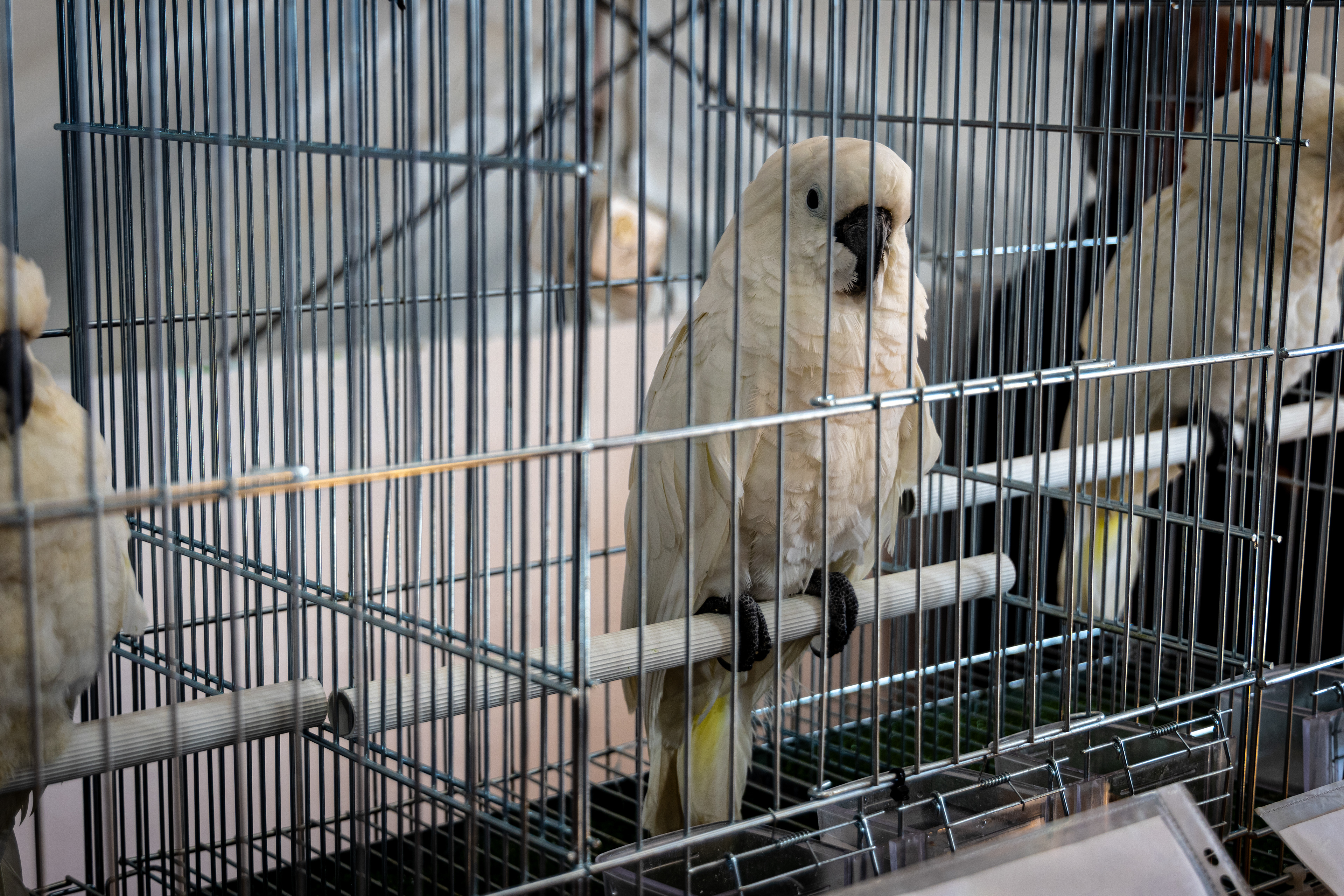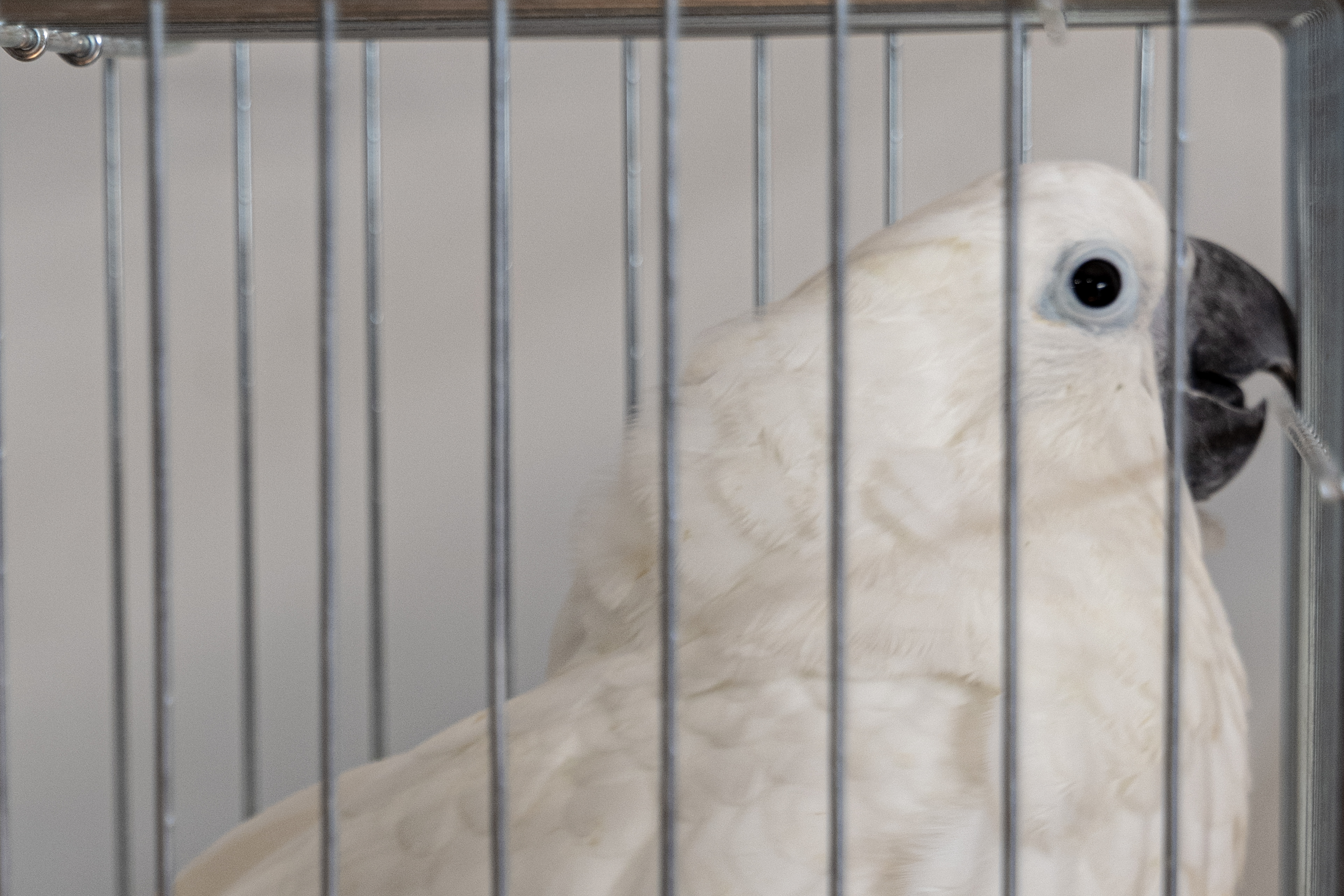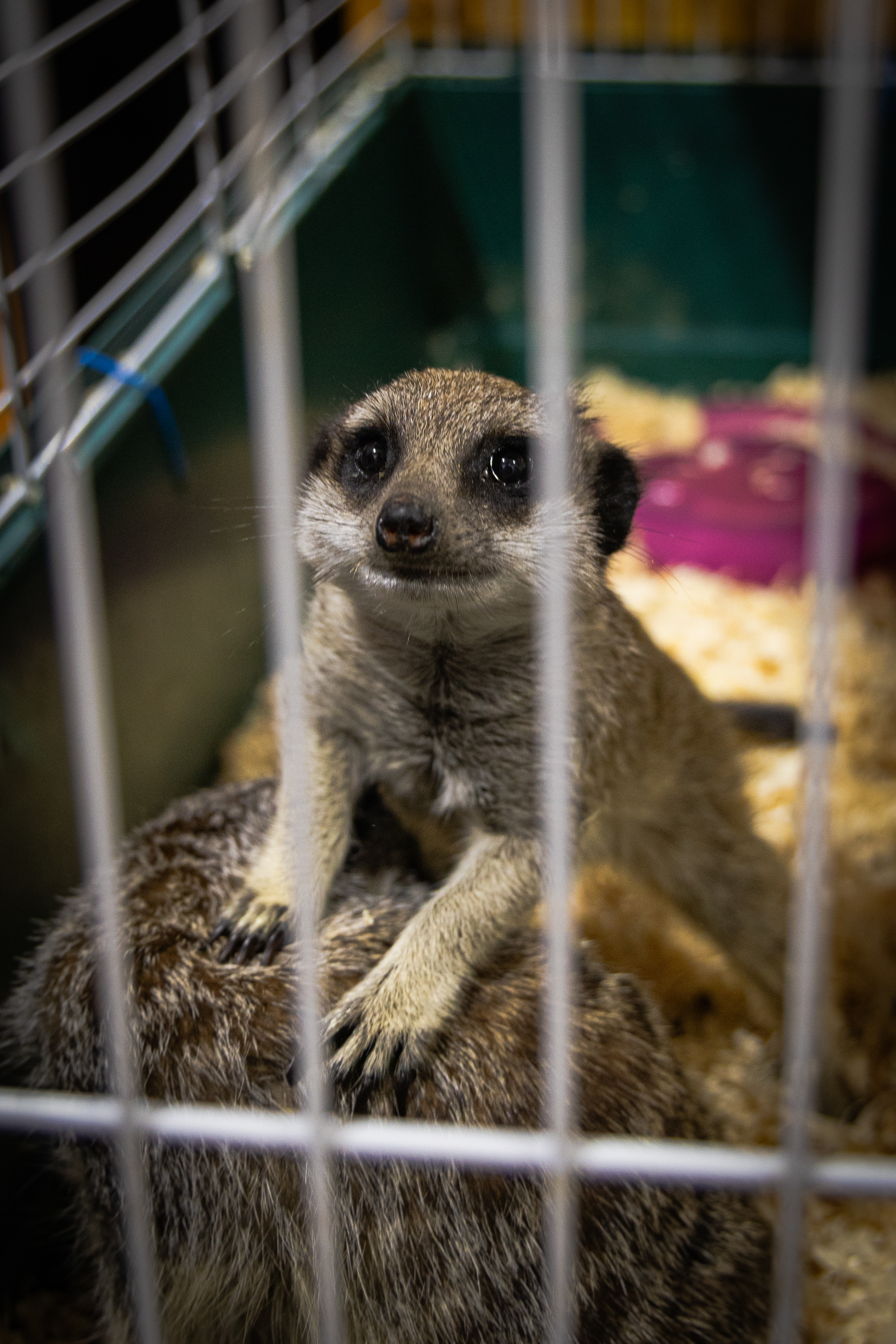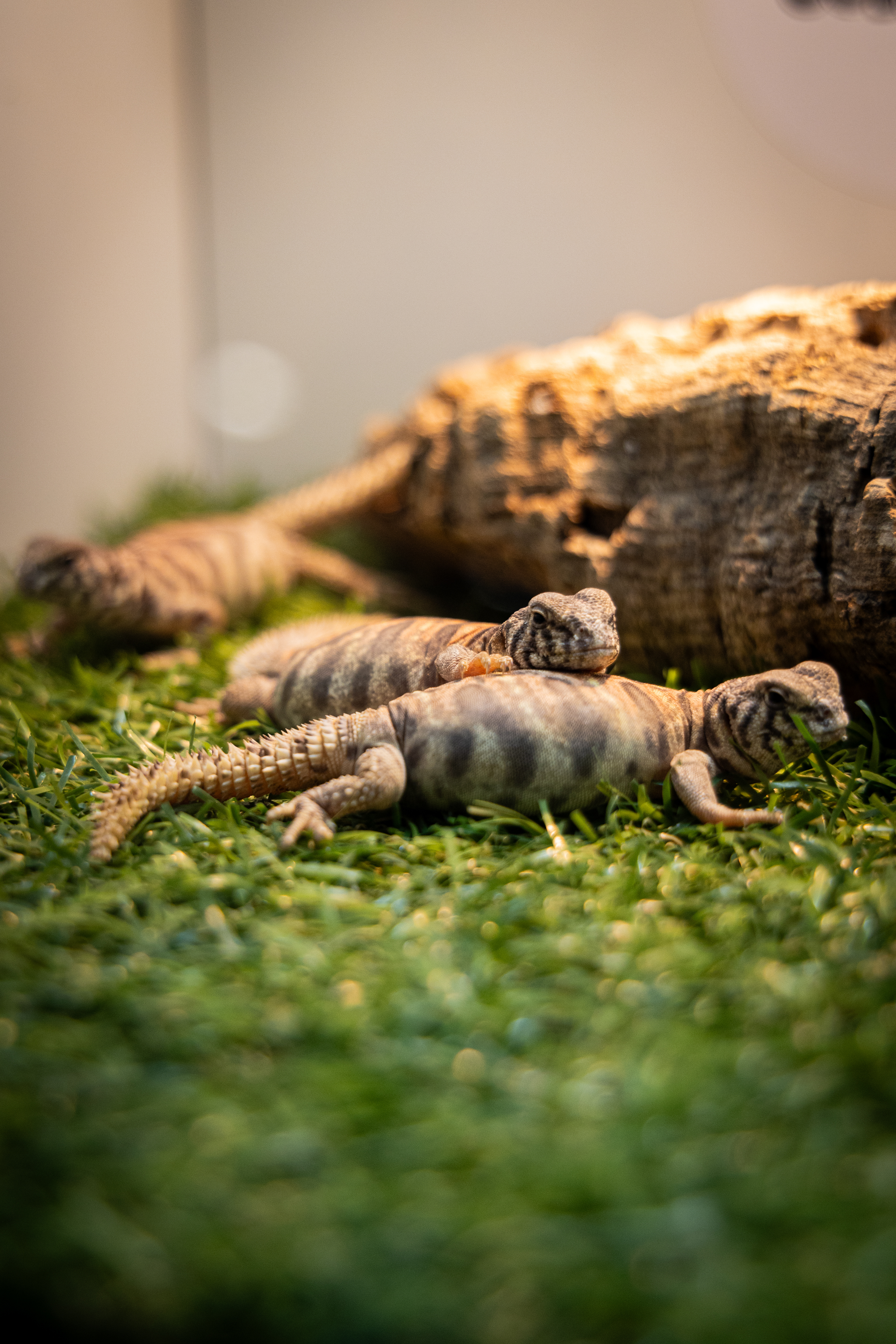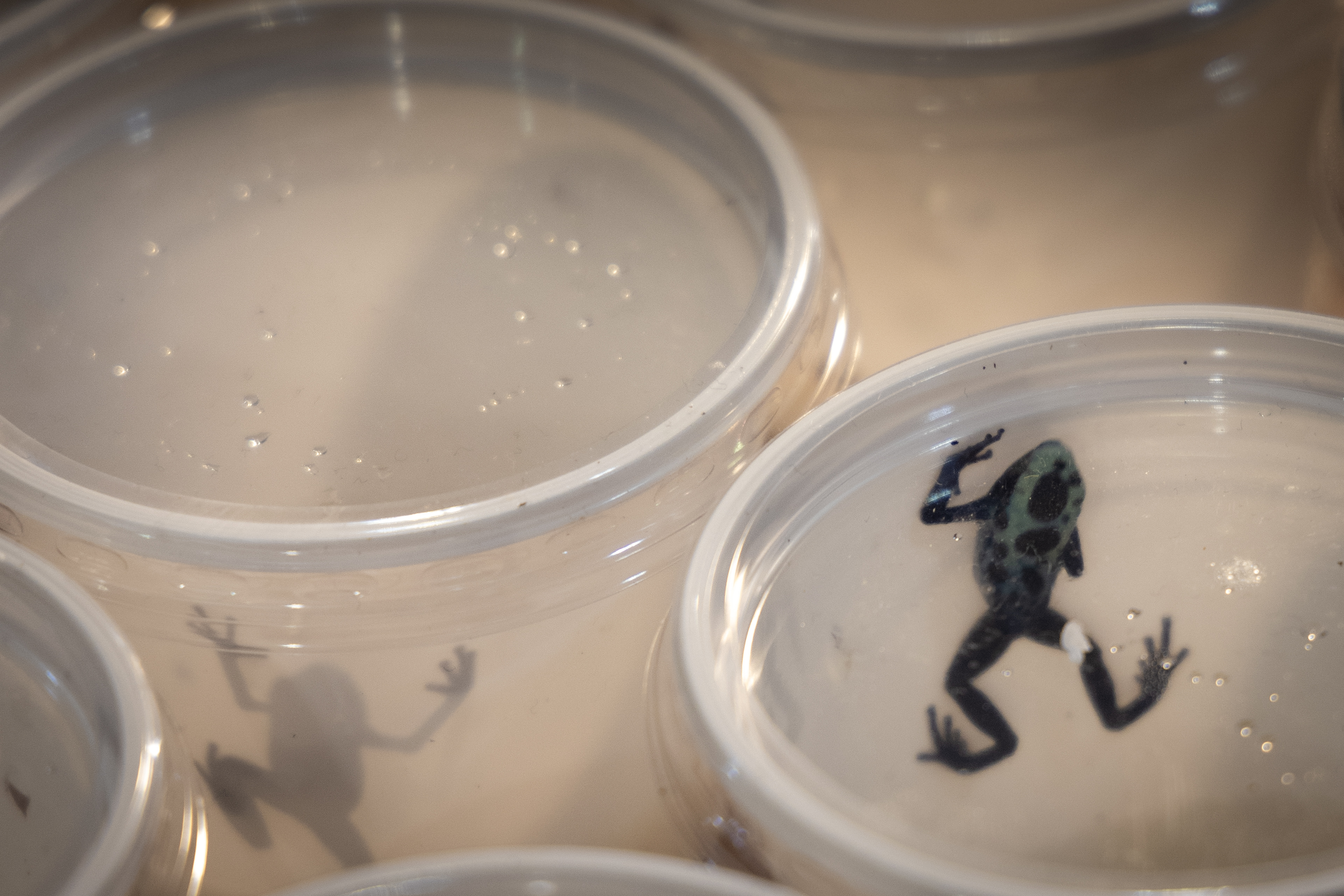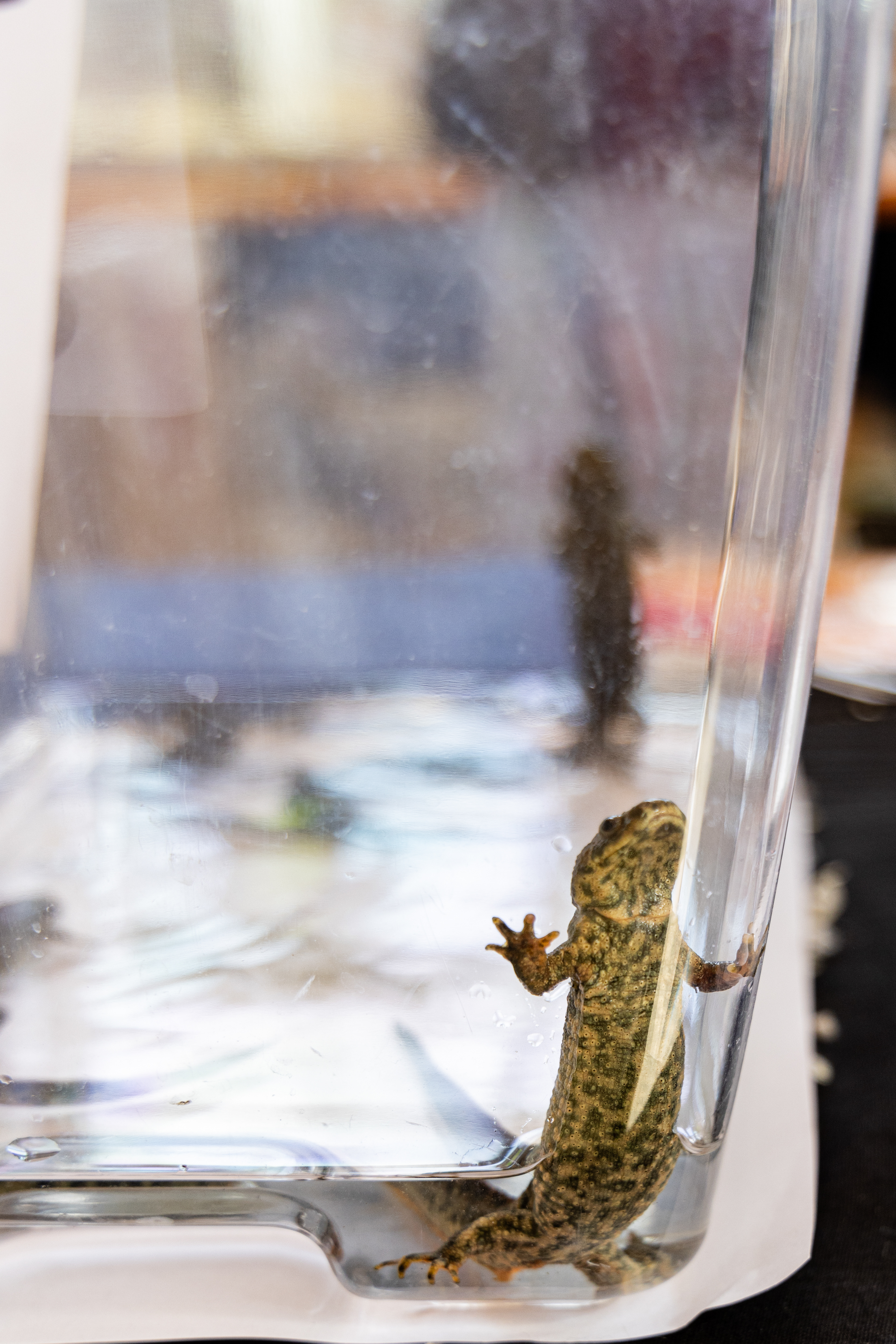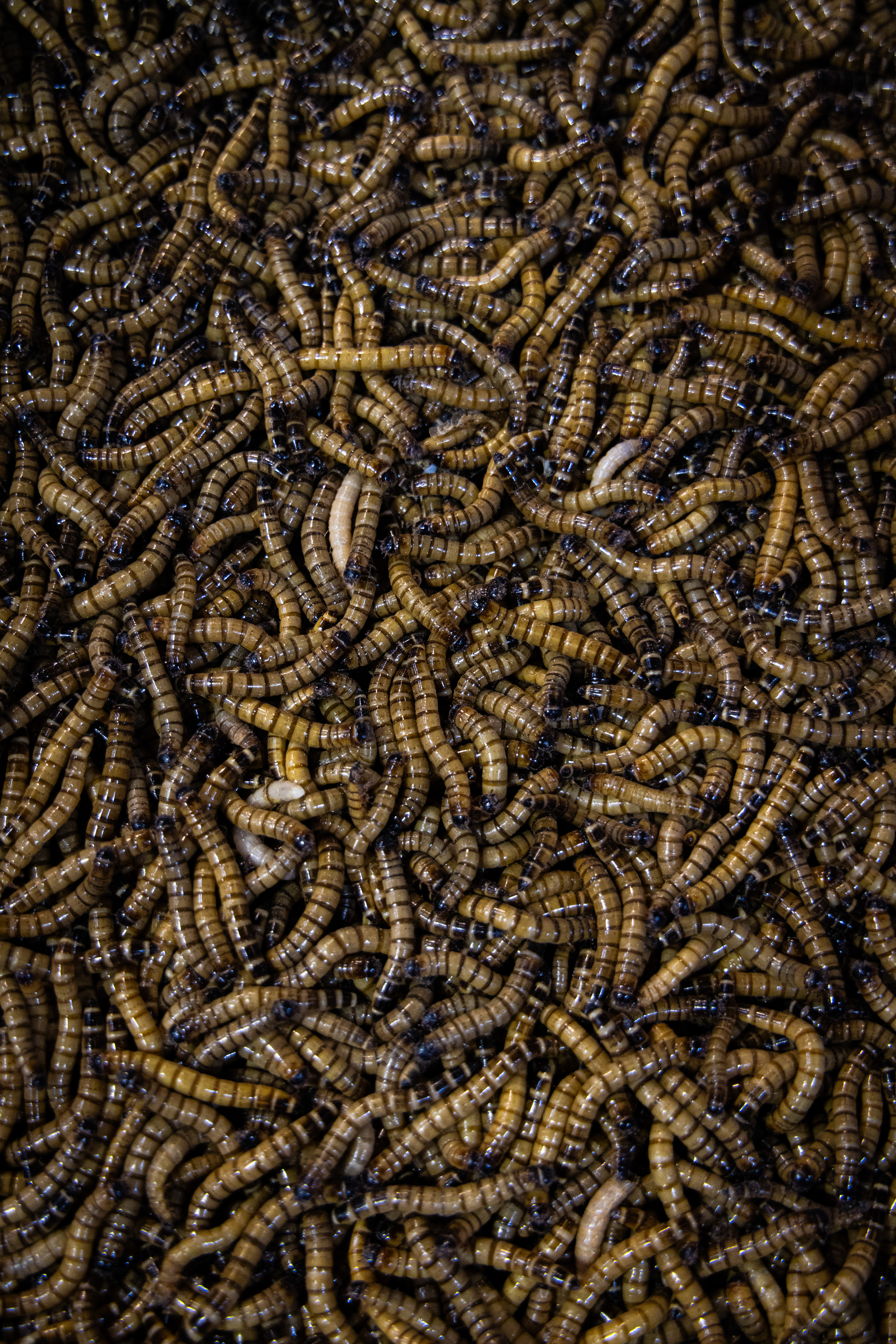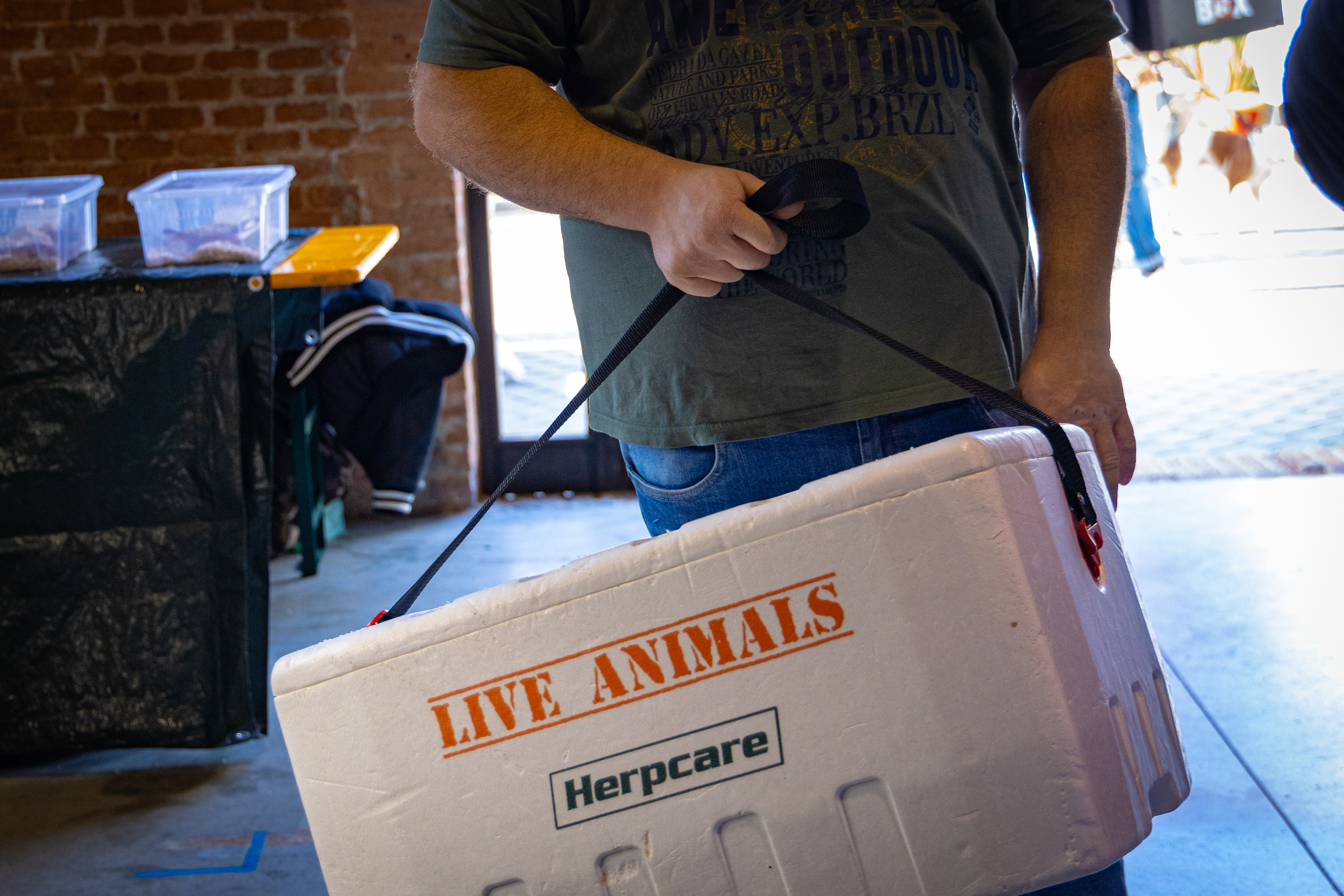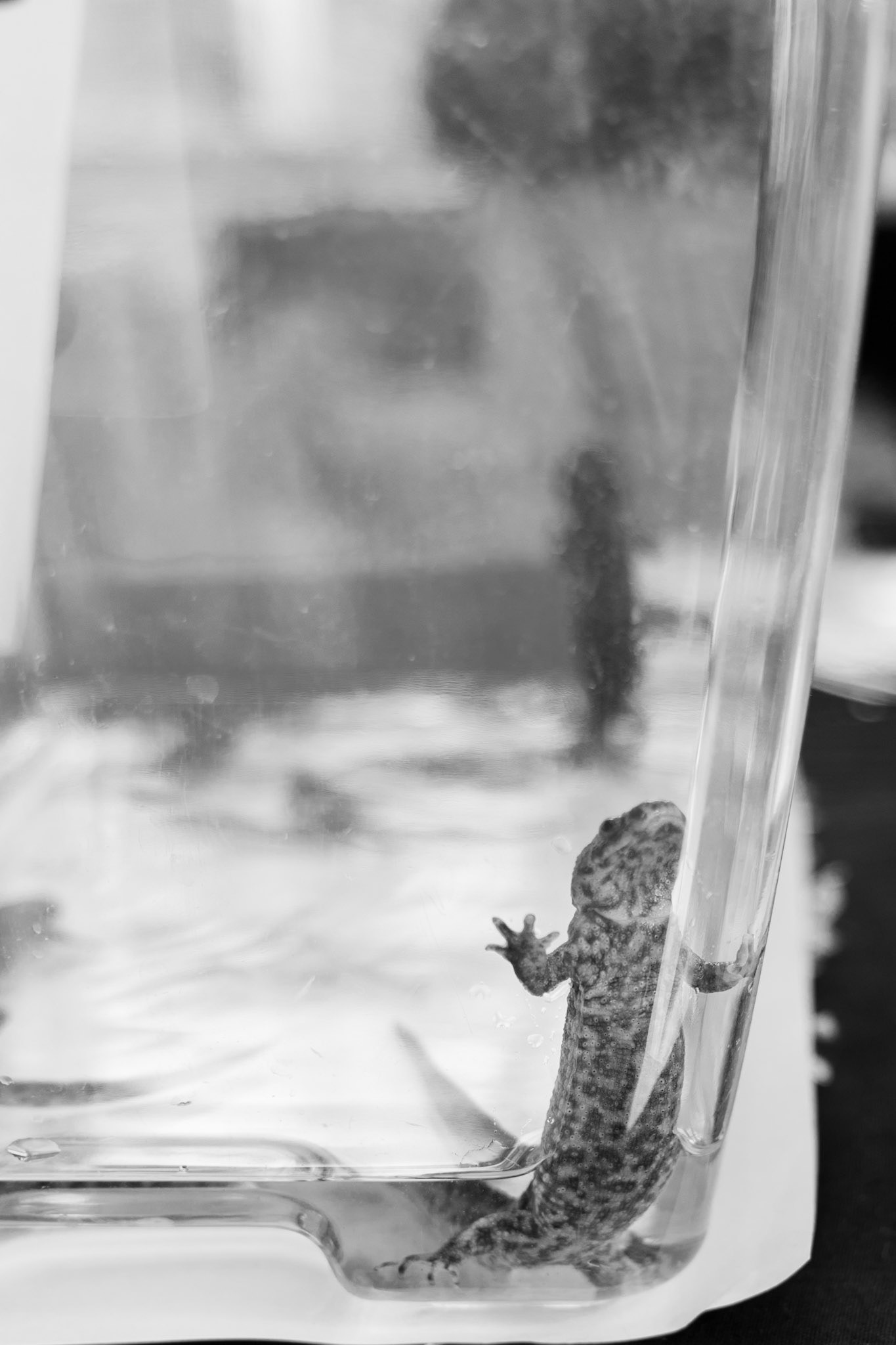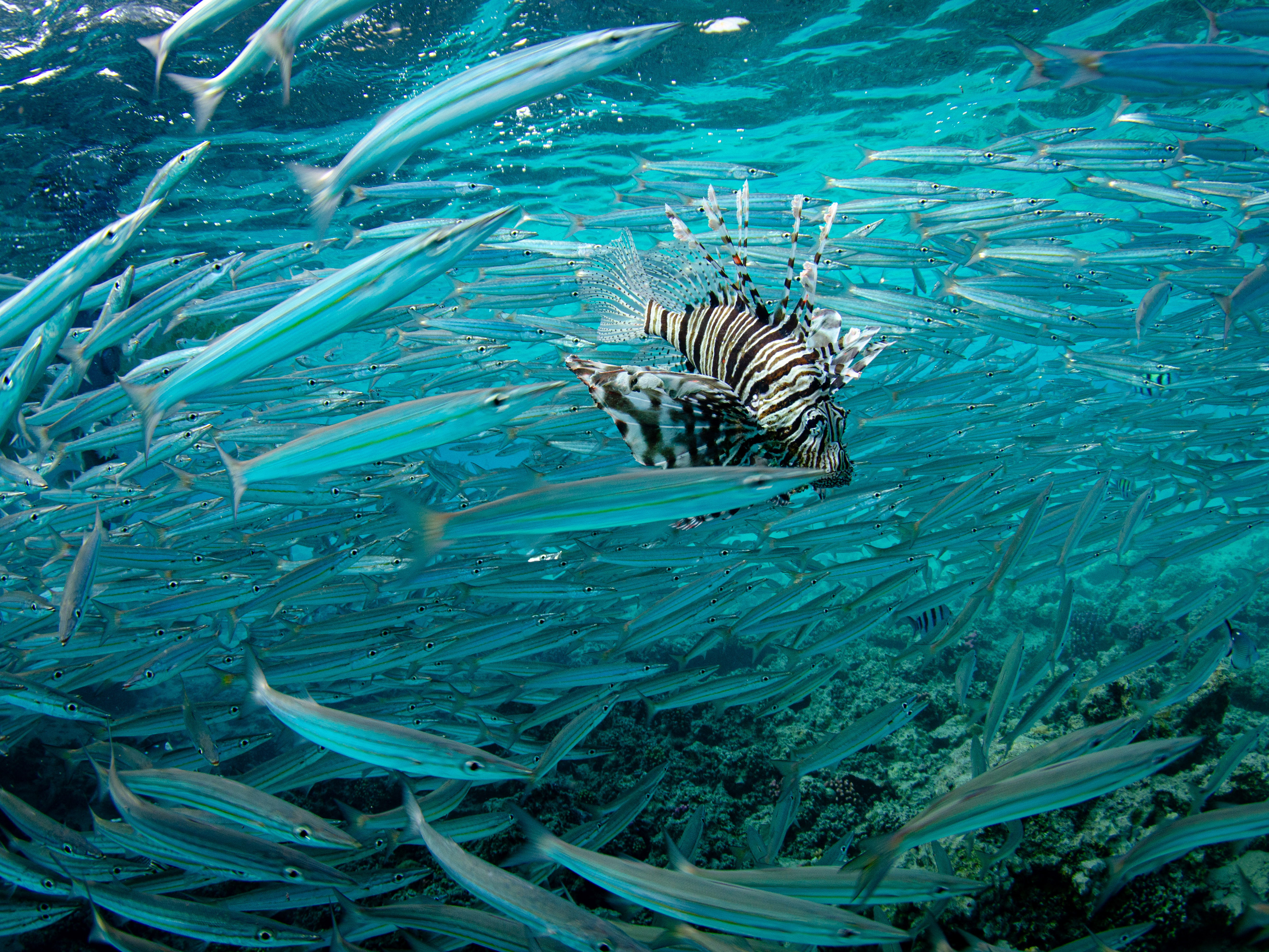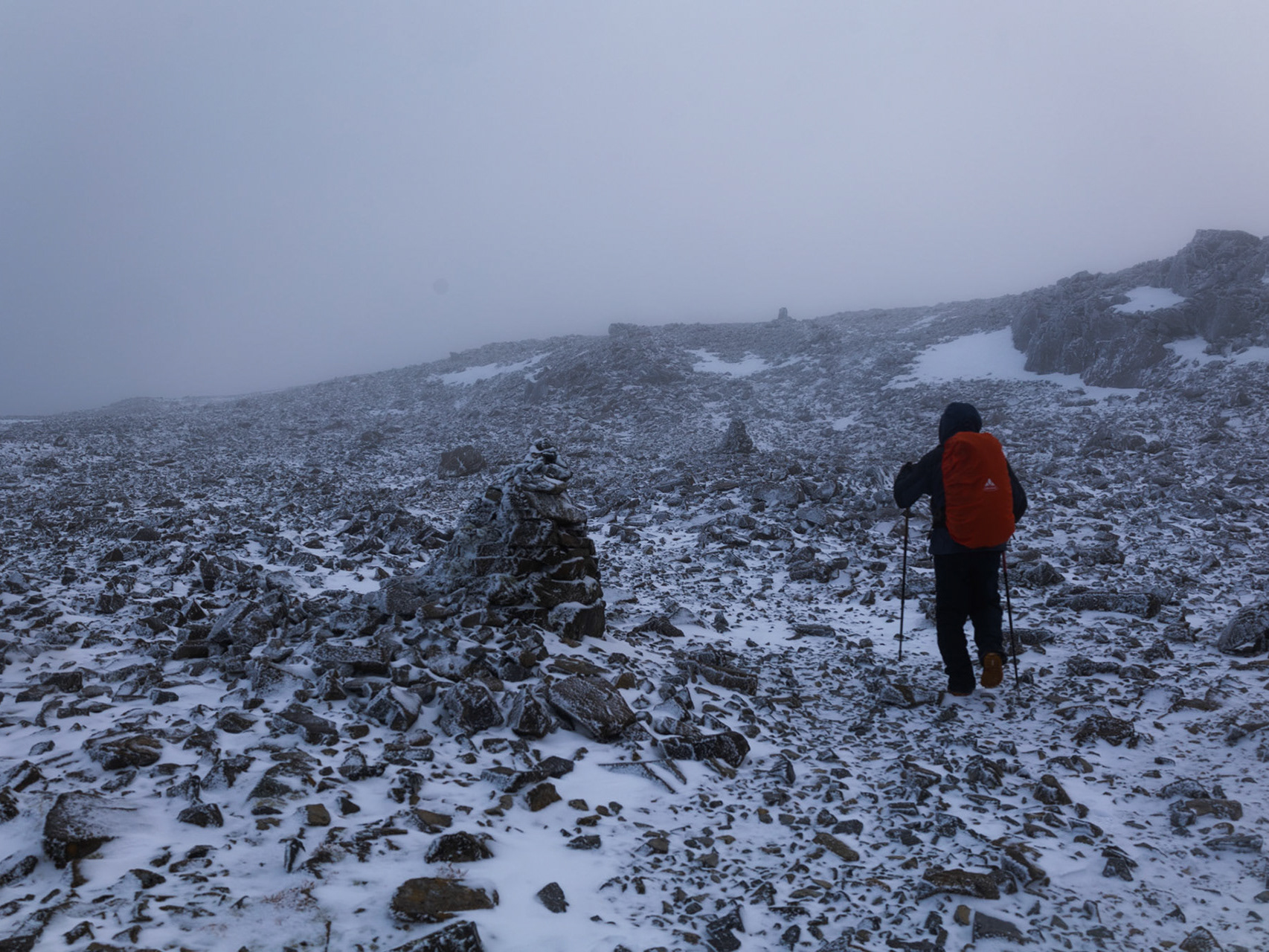Though often seen as unethical, exotic pets have become normalized in the 21st century, decorating our homes with colorful and extravagant species from around the world. In the UK alone, around 1.8 million species of reptile, amphibian and invertebrates are kept as pets, alongside 1.3 million indoor birds, 900,000 tortoise and turtle and 700,000 snakes, with these figures multiplying each year.
Throughout this project, I have photographed a plethora of exotic animals, from giant snails and ferrets to meerkats and geckos, beginning in everyday homes, alongside pet rehabilitation centers and exotic pet expositions. I aim to display the connection that exotic pets and their keepers share, while showing the importance of sourcing your exotic animals ethically and responsibly.
My motivation for this series began during my childhood, where we took in and rehomed many exotic pets, abandoned by their previous owners. While our intentions were good, I now realize I was too young to fully understand the complex needs of these animals—something I only came to grasp much later.
At a time where exotics have become readily accessible to us, viewing them online one day and ordering and handling them the next, it is no longer a question of; is the keeping exotic animals ethical, but what can we do to make their lives better in our care?
While the ability to see these fascinating creatures at any given time is an incredible privilege, its important to consider the wellbeing and emotions of your exotic animal. Just as dogs require walking and cats need feeding, exotic animals require enrichment and the proper environment, if they are to thrive and prosper.
While they may often appear at peace in their surroundings, we can never truly know if our companions are content in captivity and so it is our responsibility, as their primary caregivers, to provide for their every need. If we choose to keep exotic pets, we must go the extra mile to meet their needs and ensure they do not suffer.
I hope these images prompt pet owners, traders, and enthusiasts to reconsider where these animals come from and the impact of their trade on native biodiversity.

